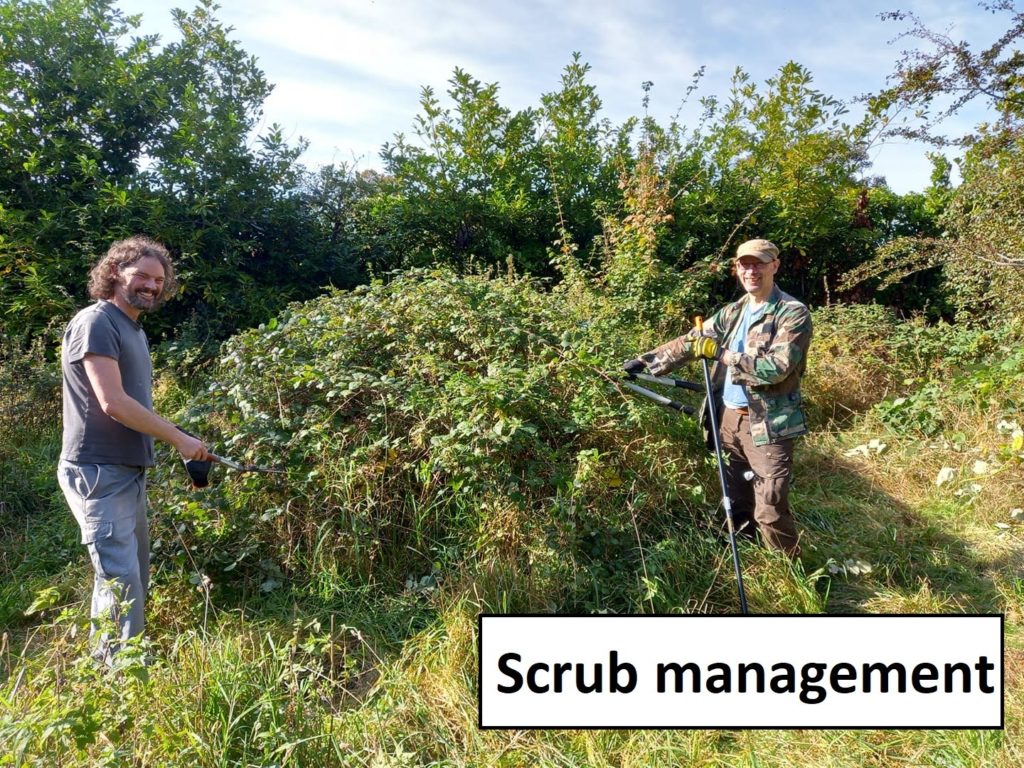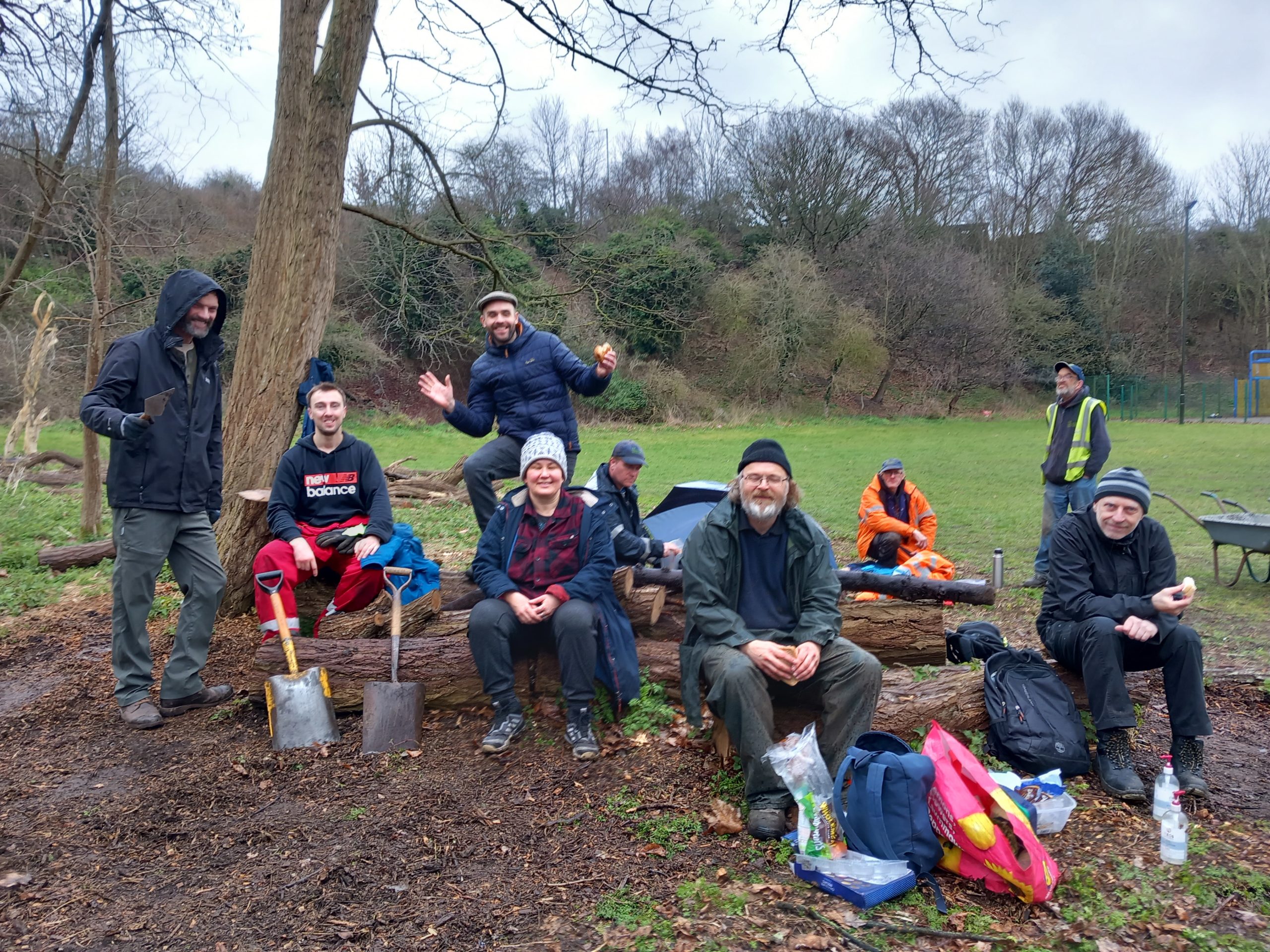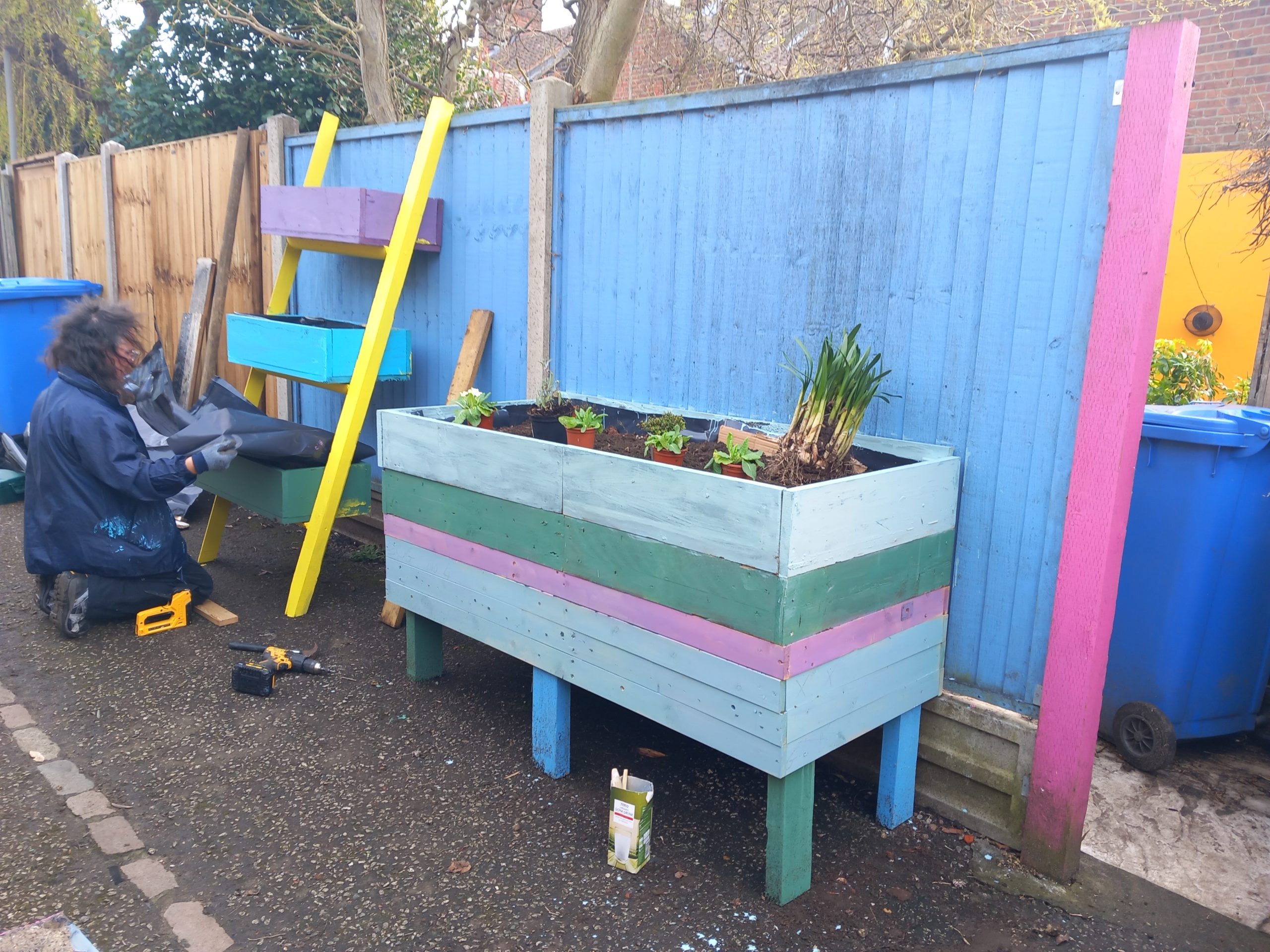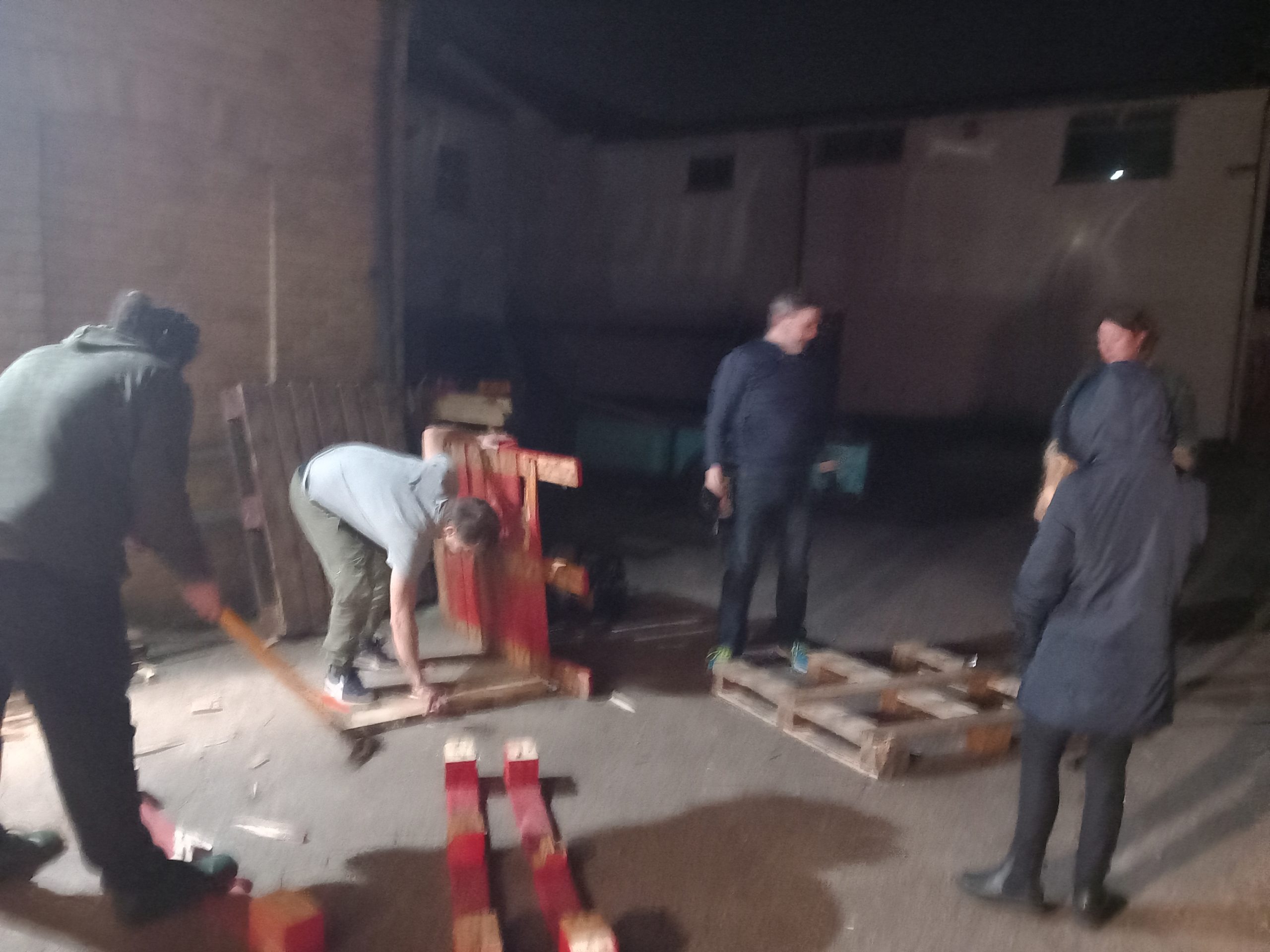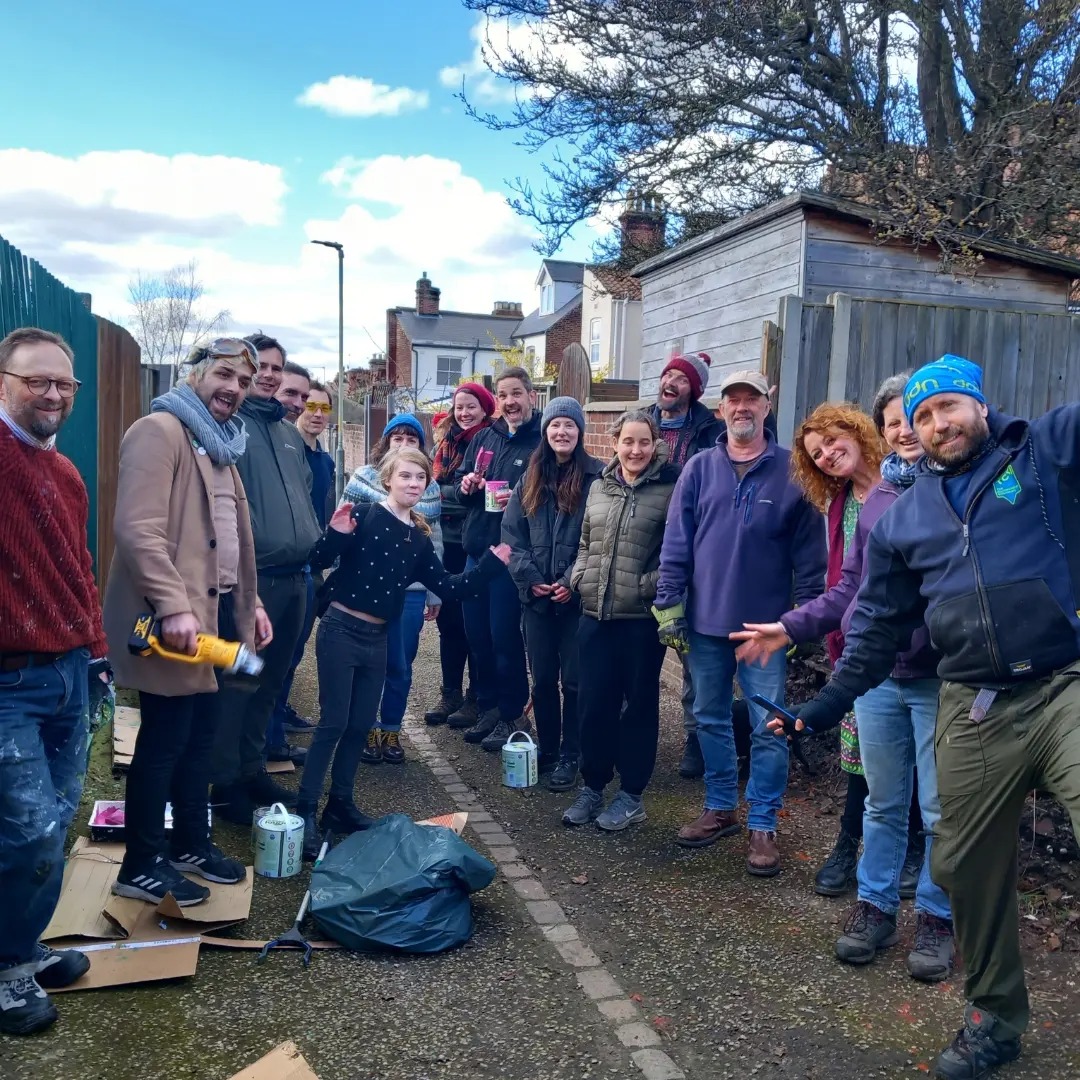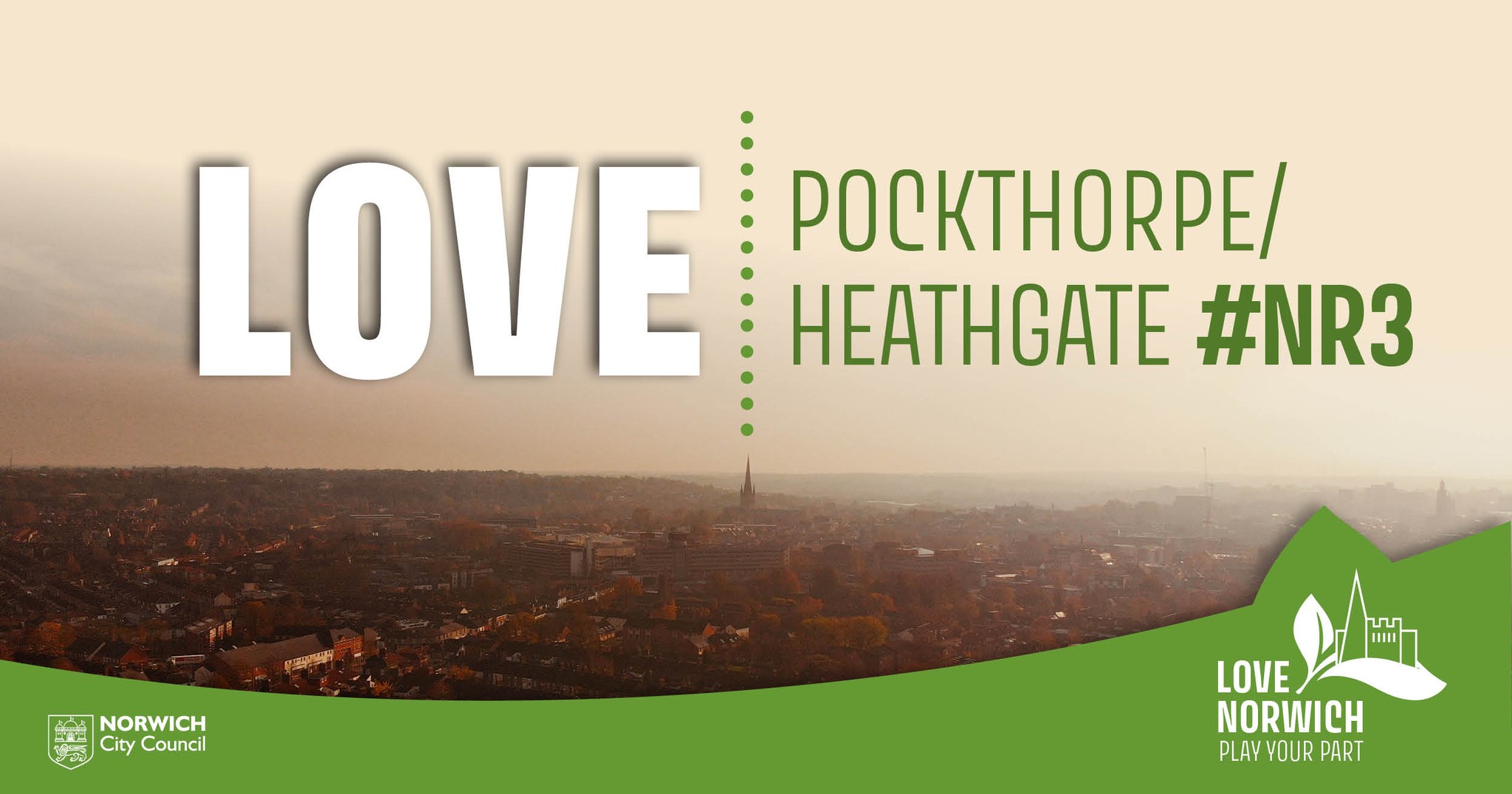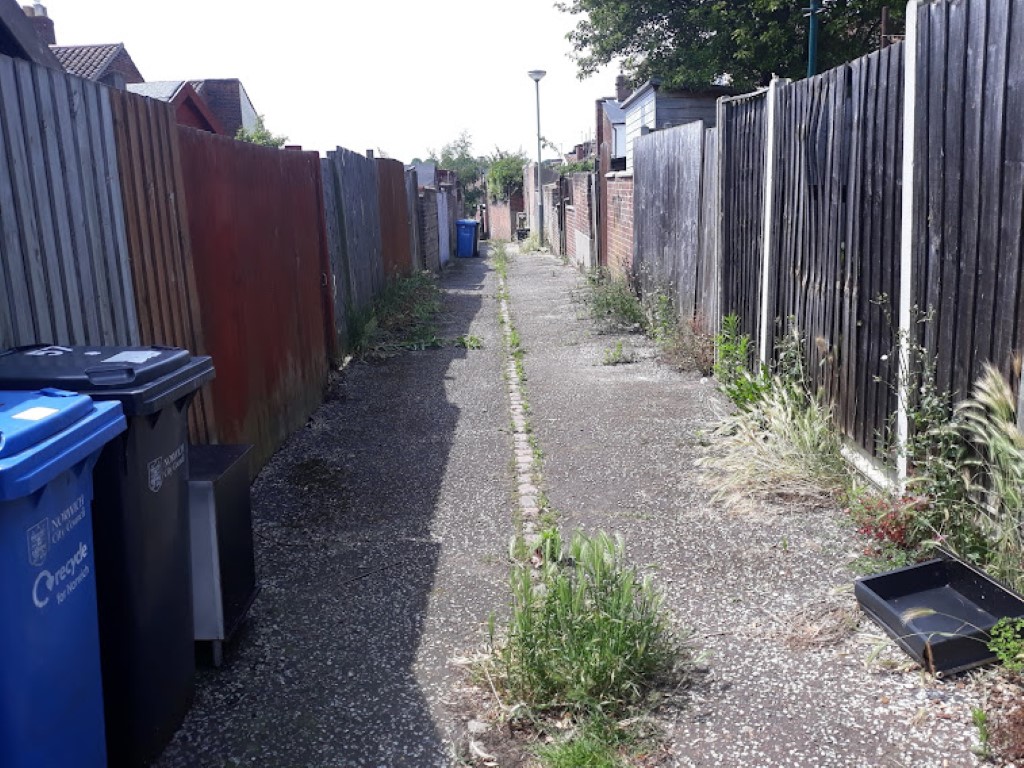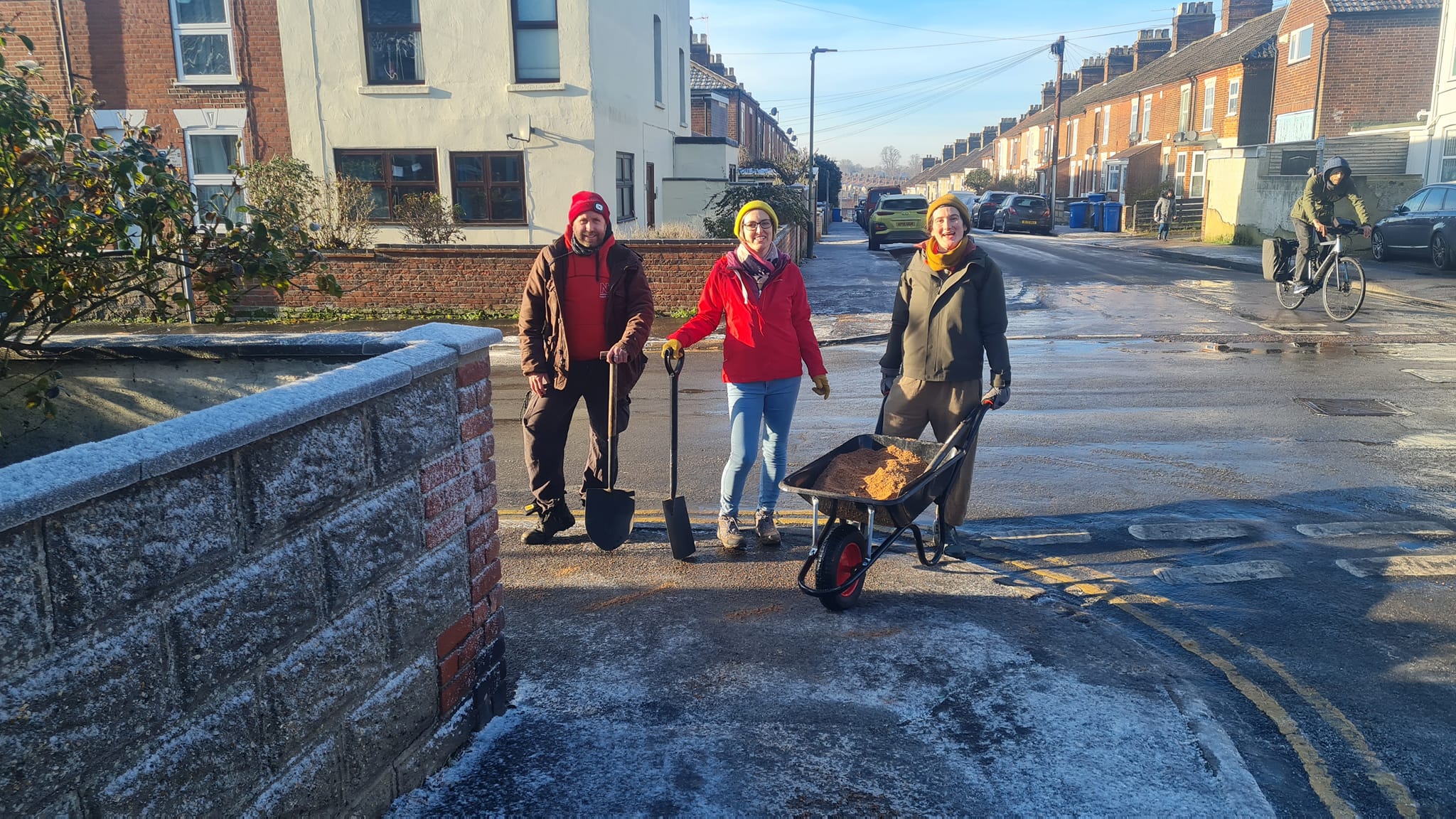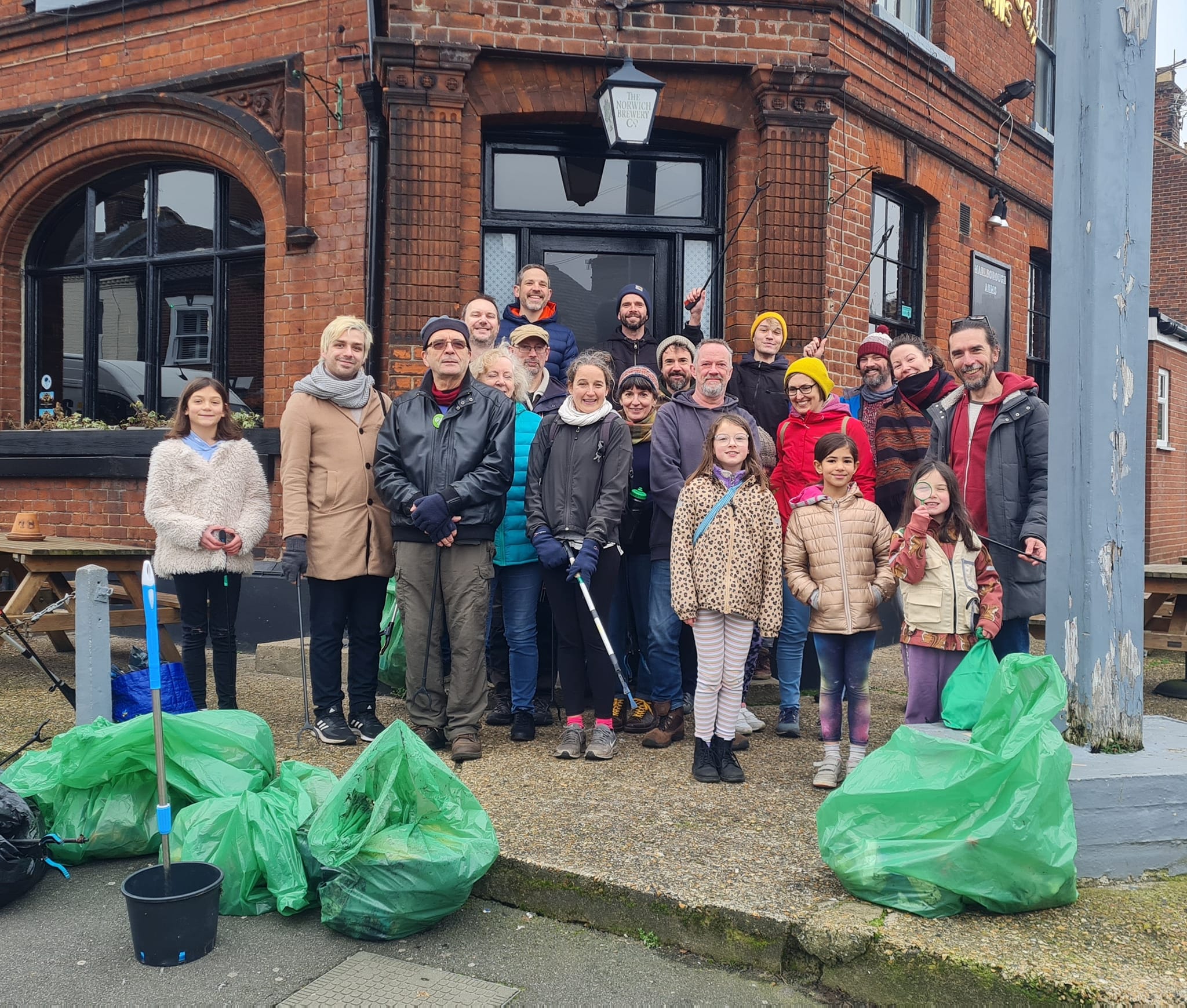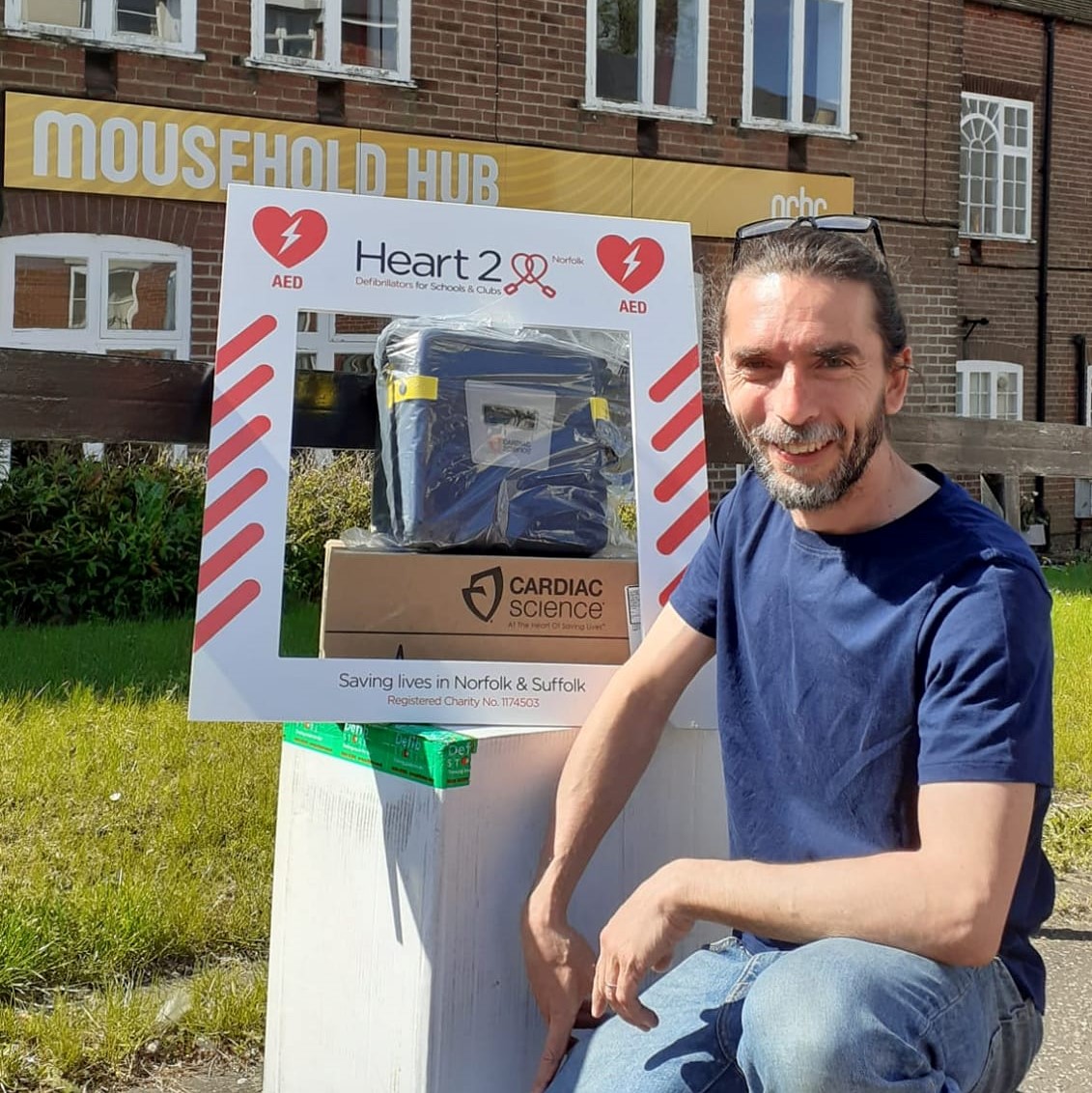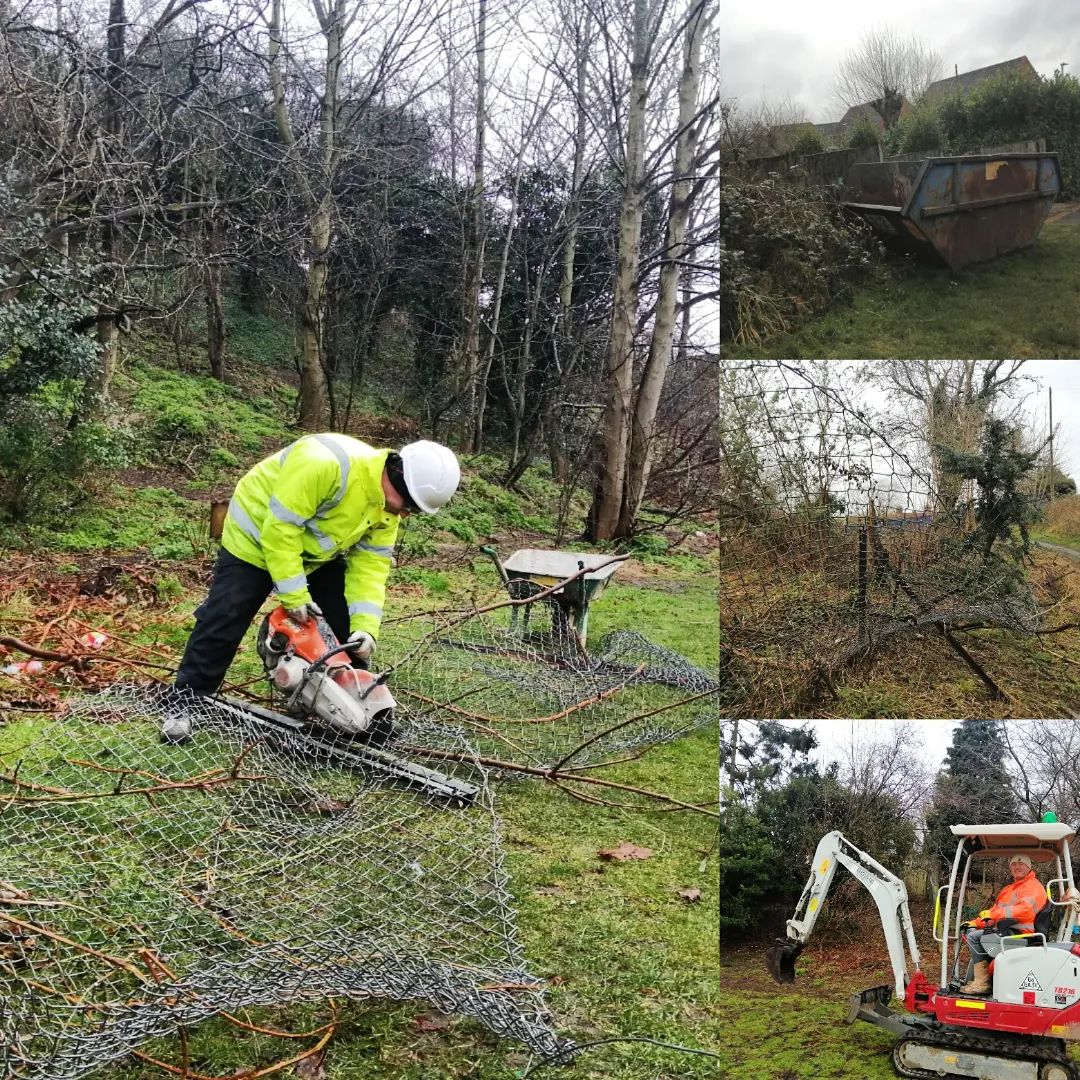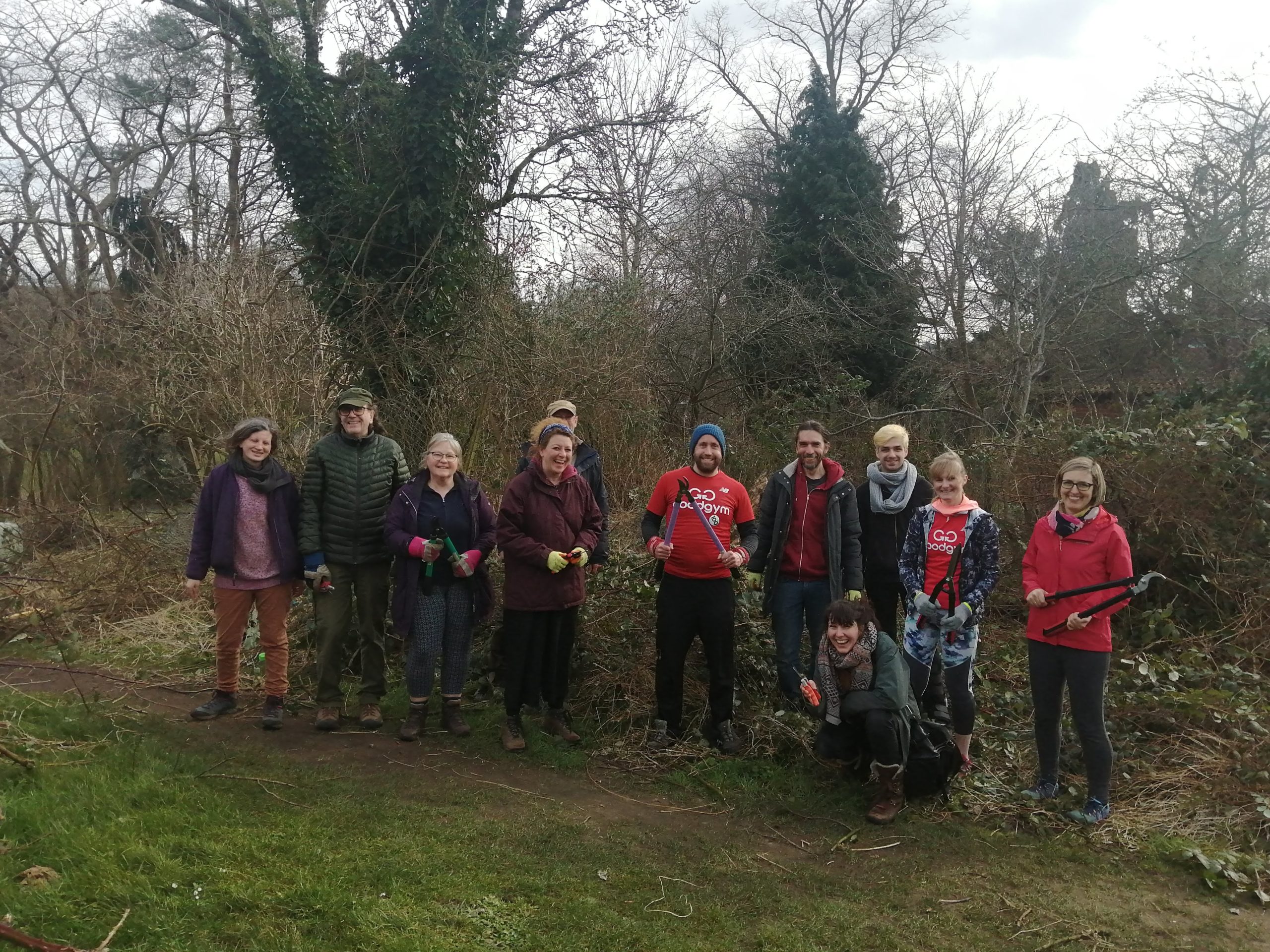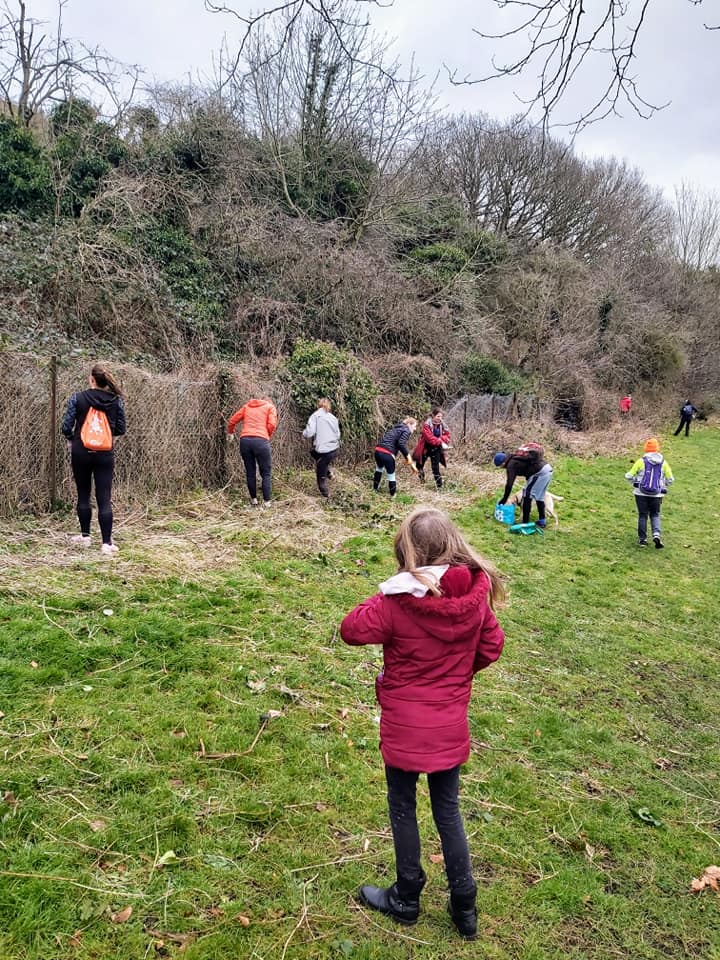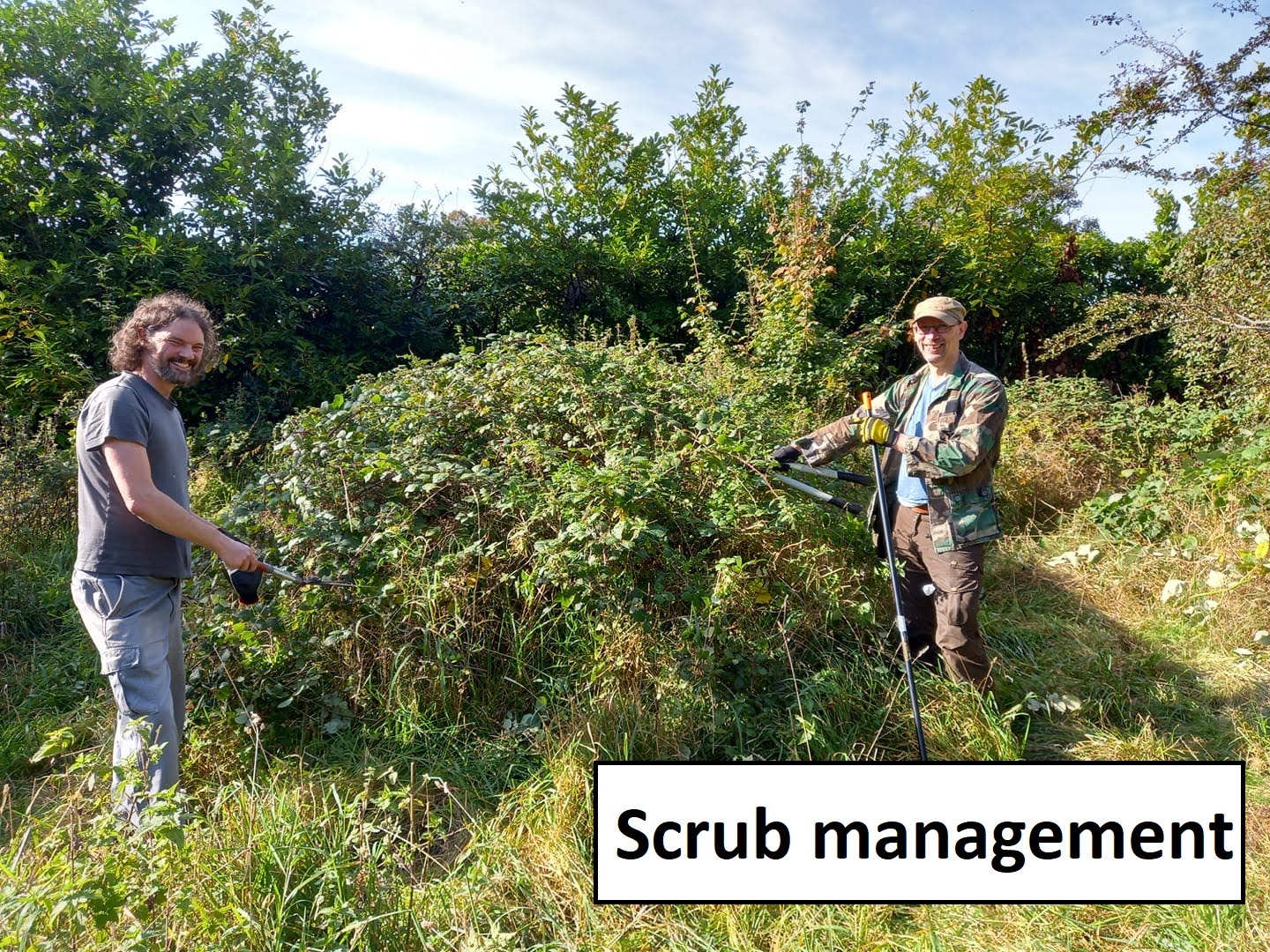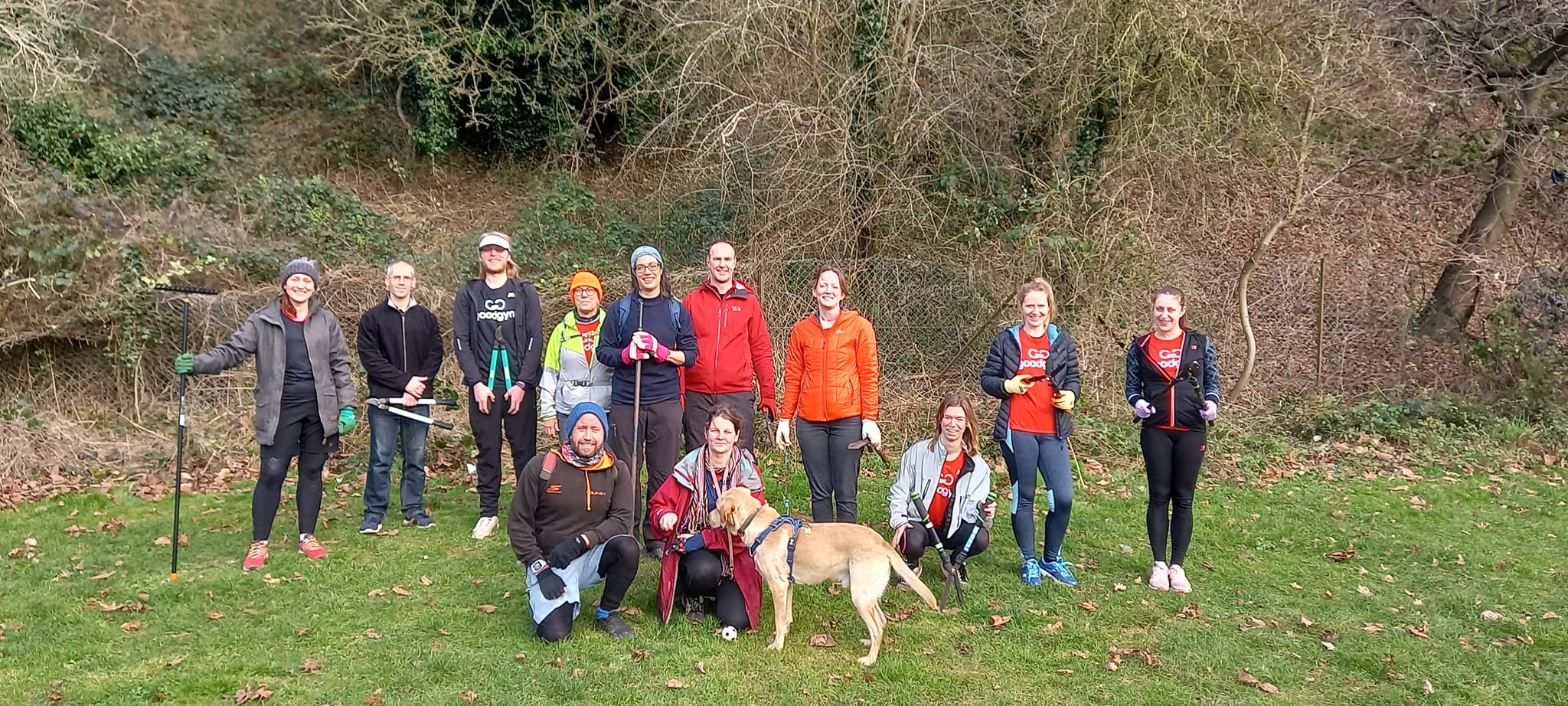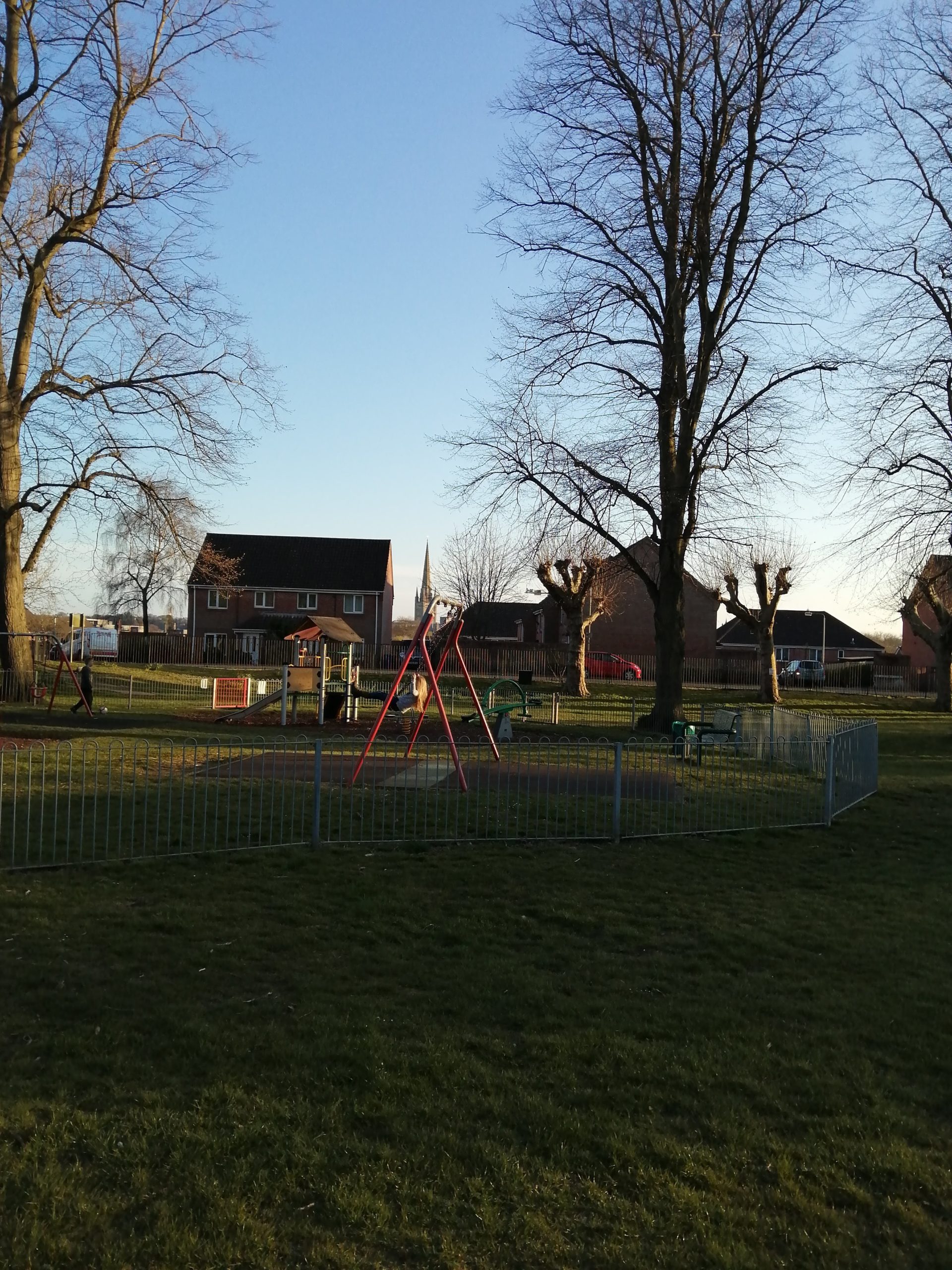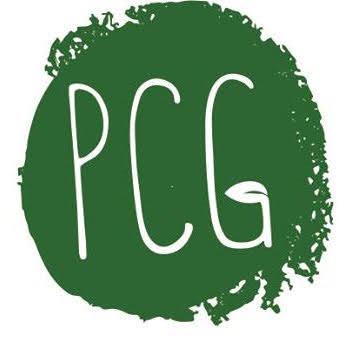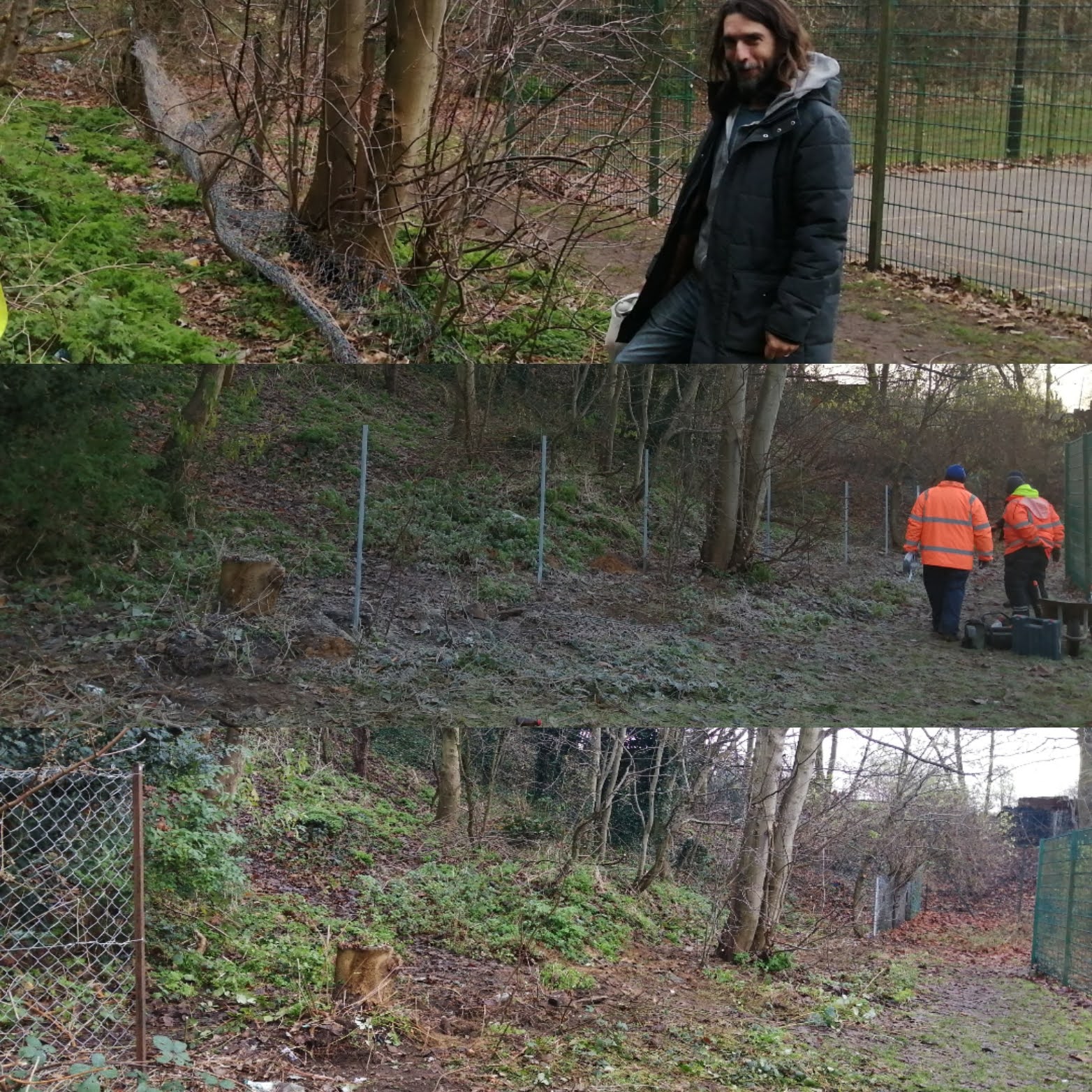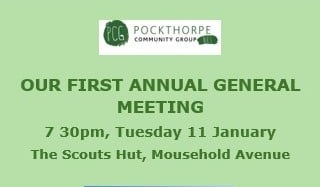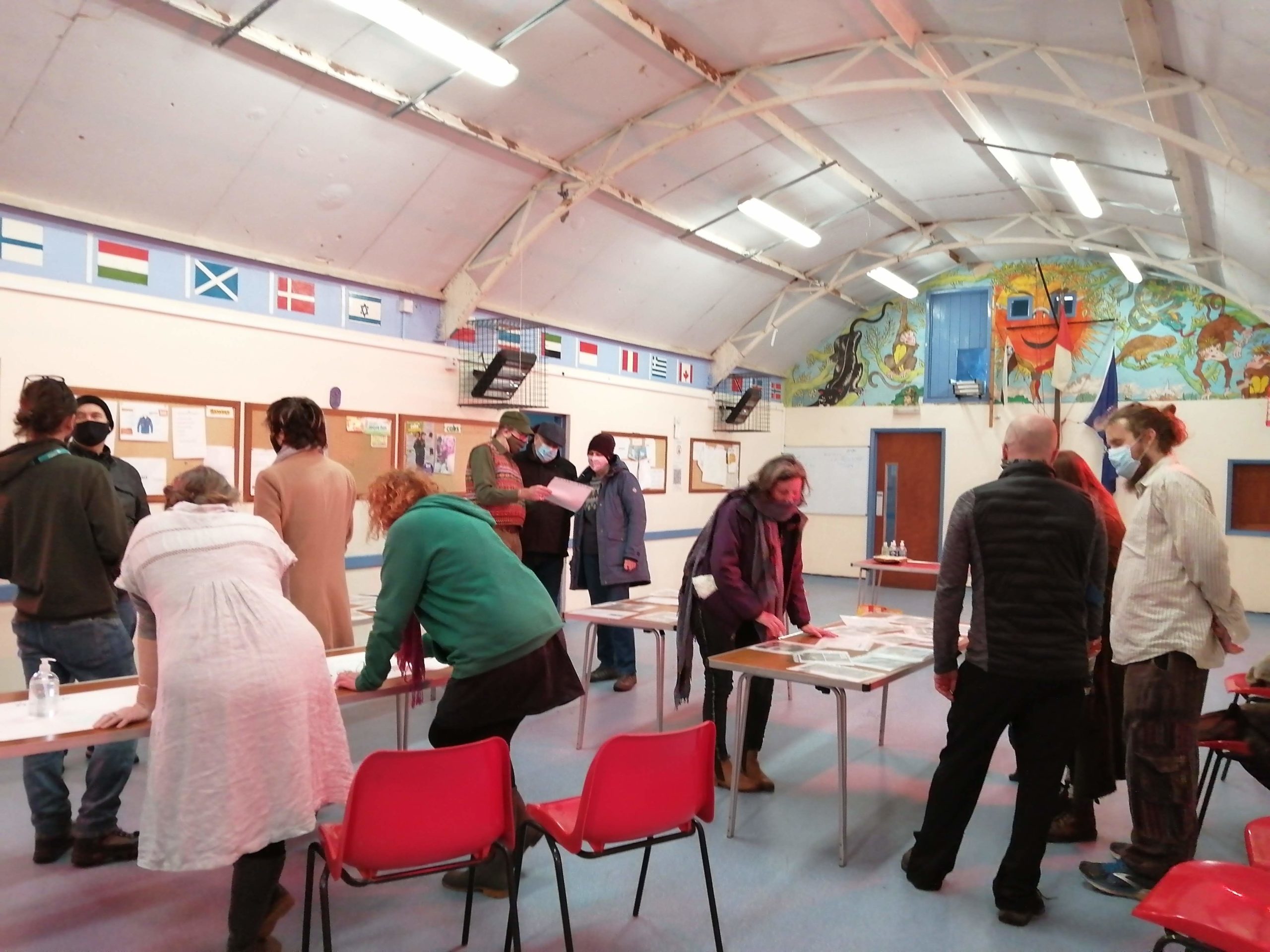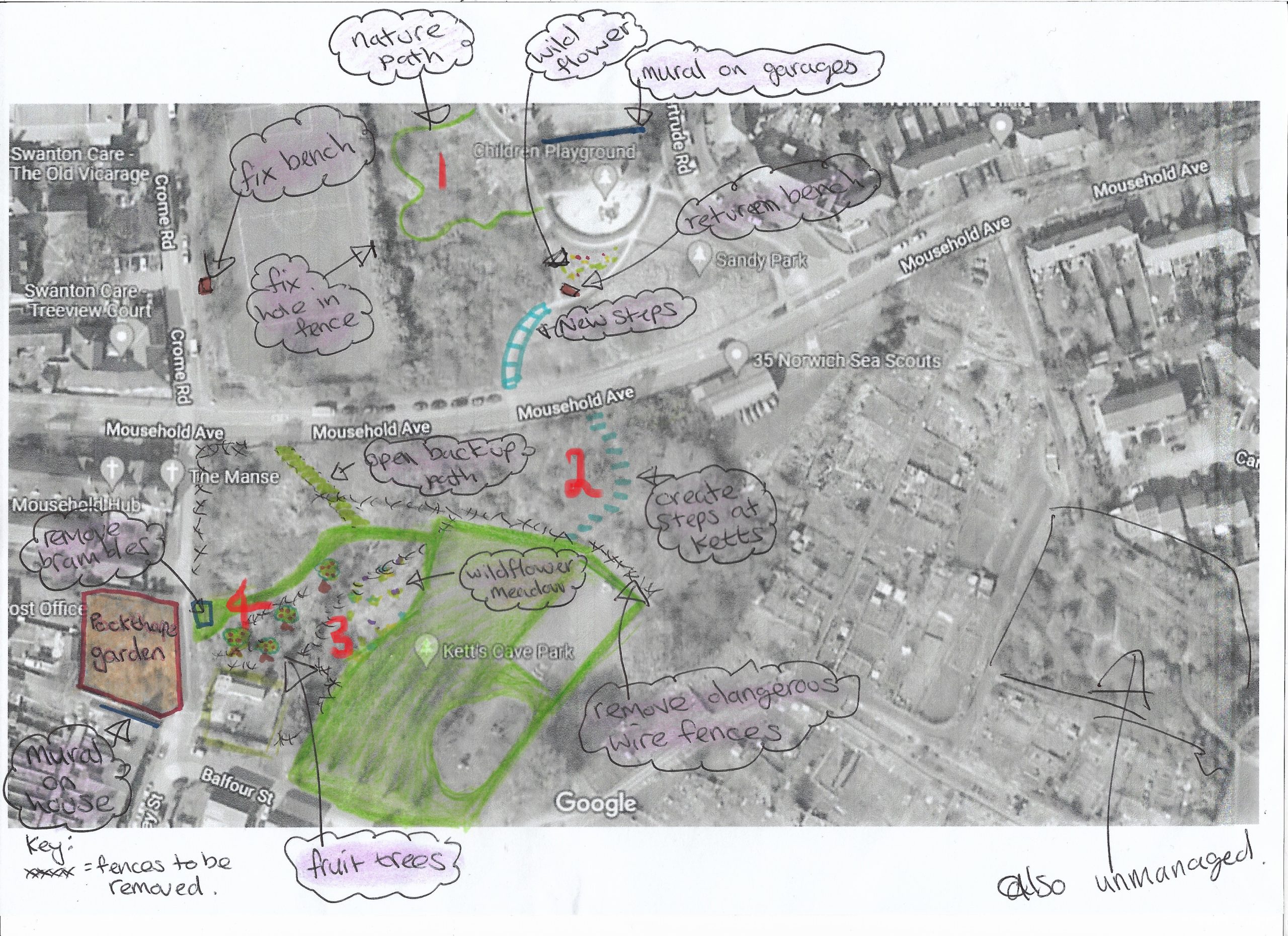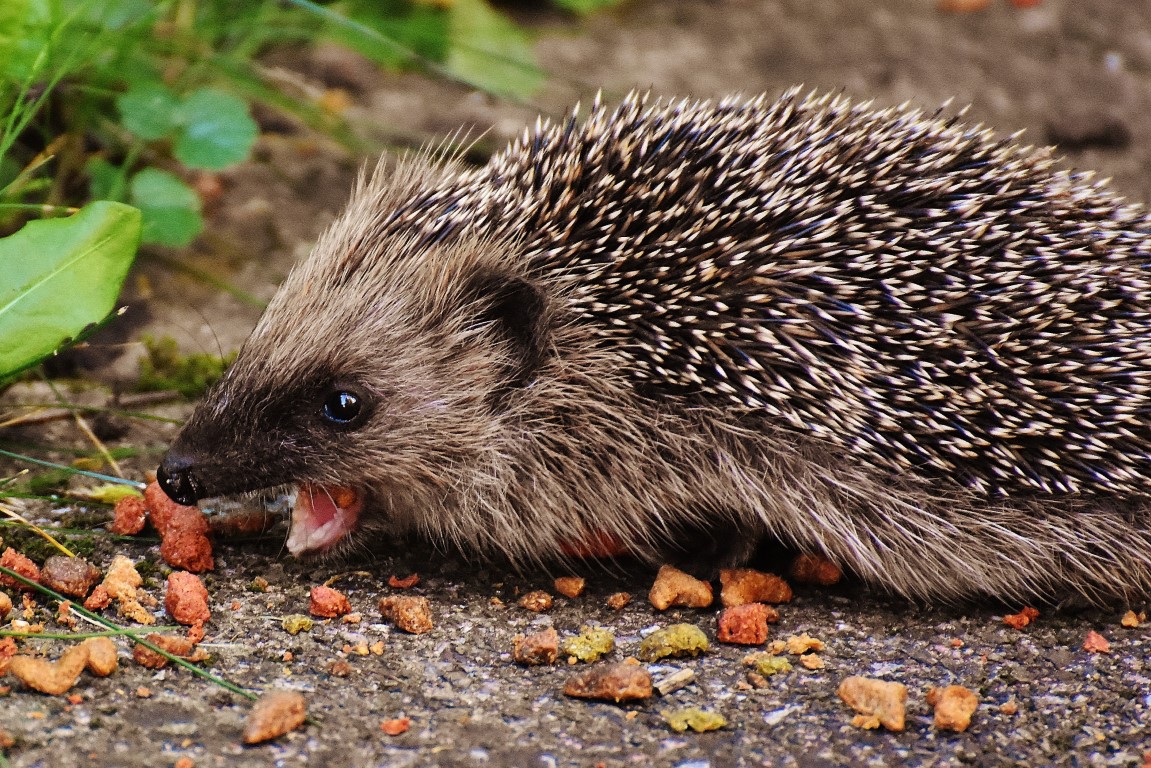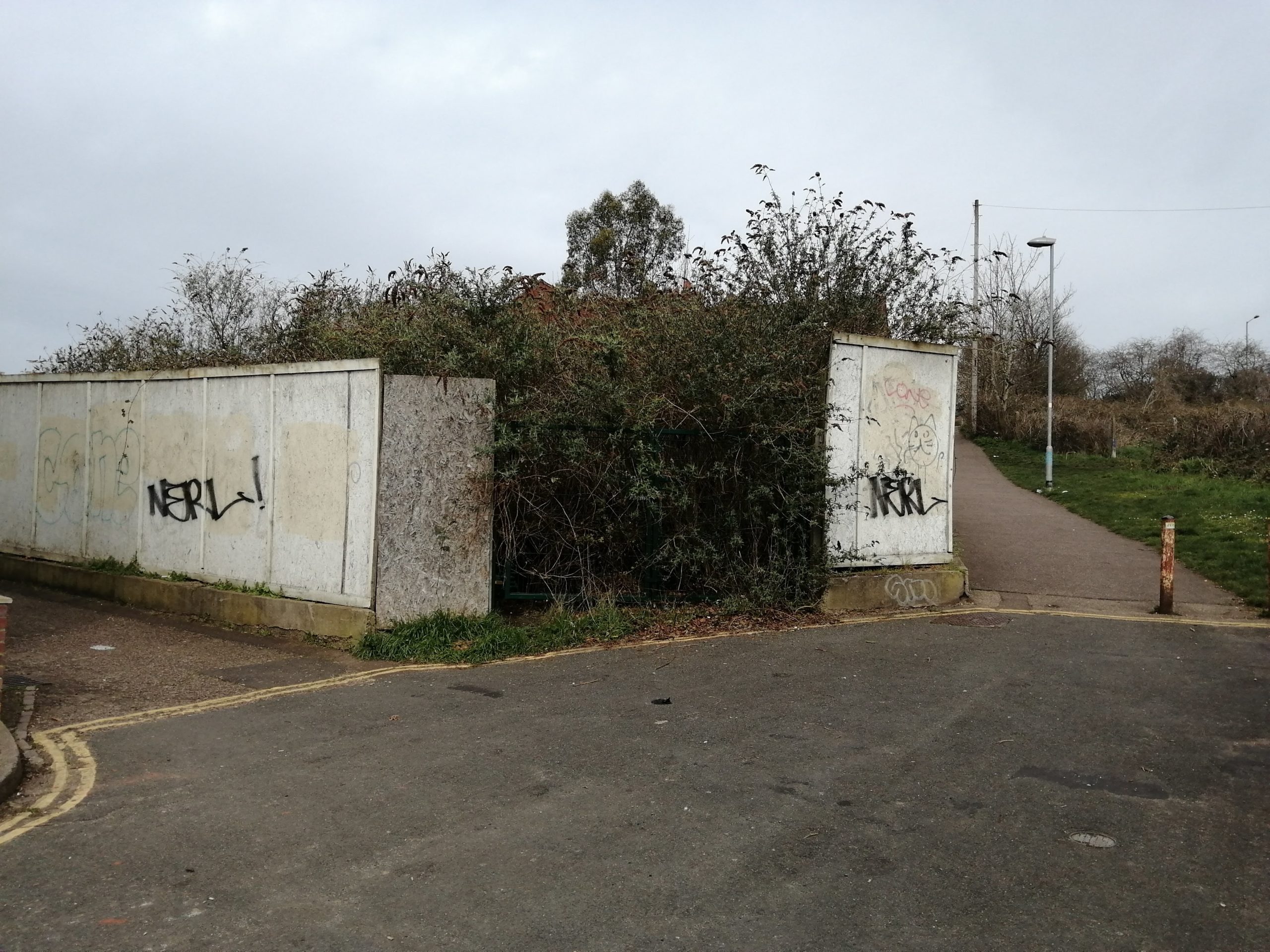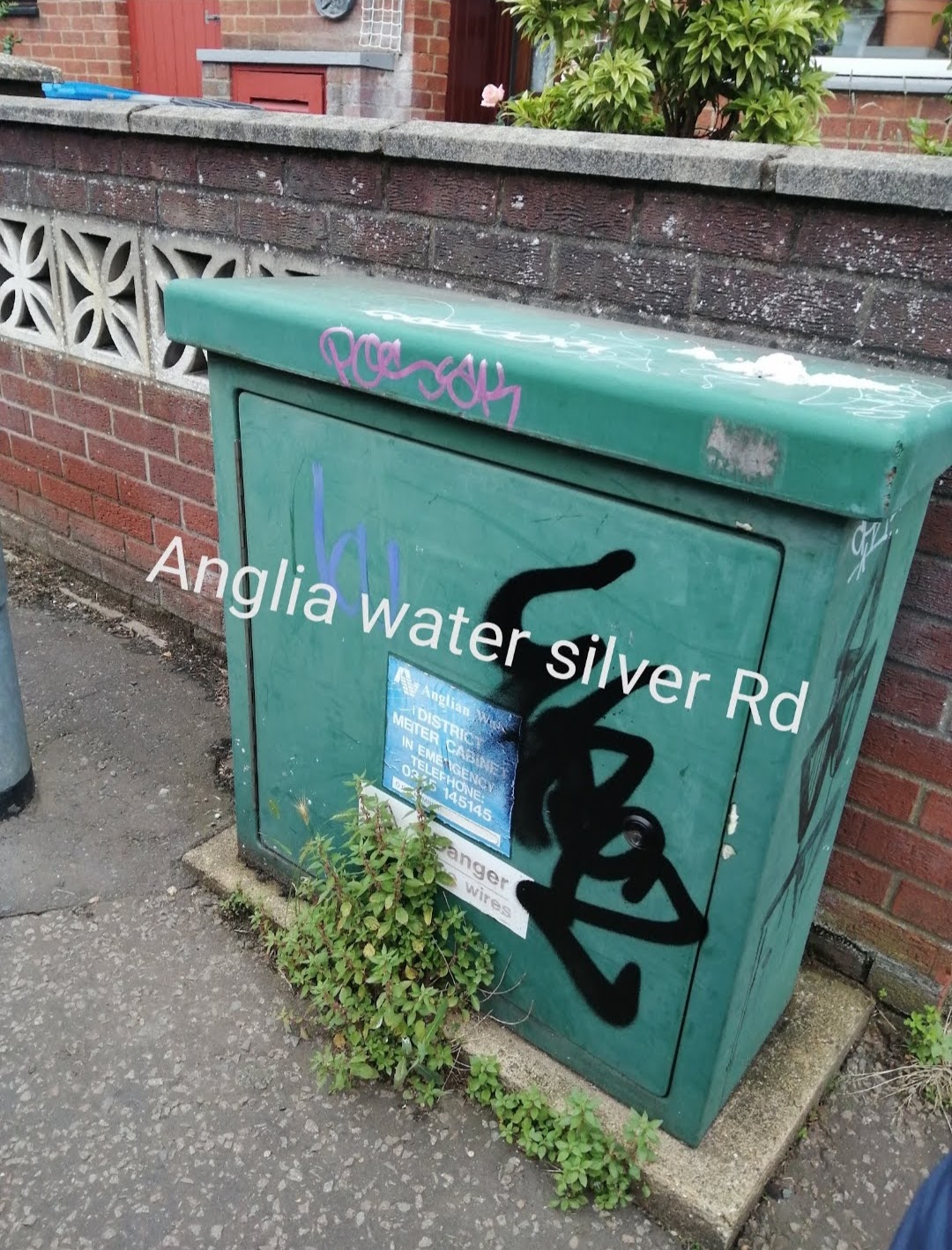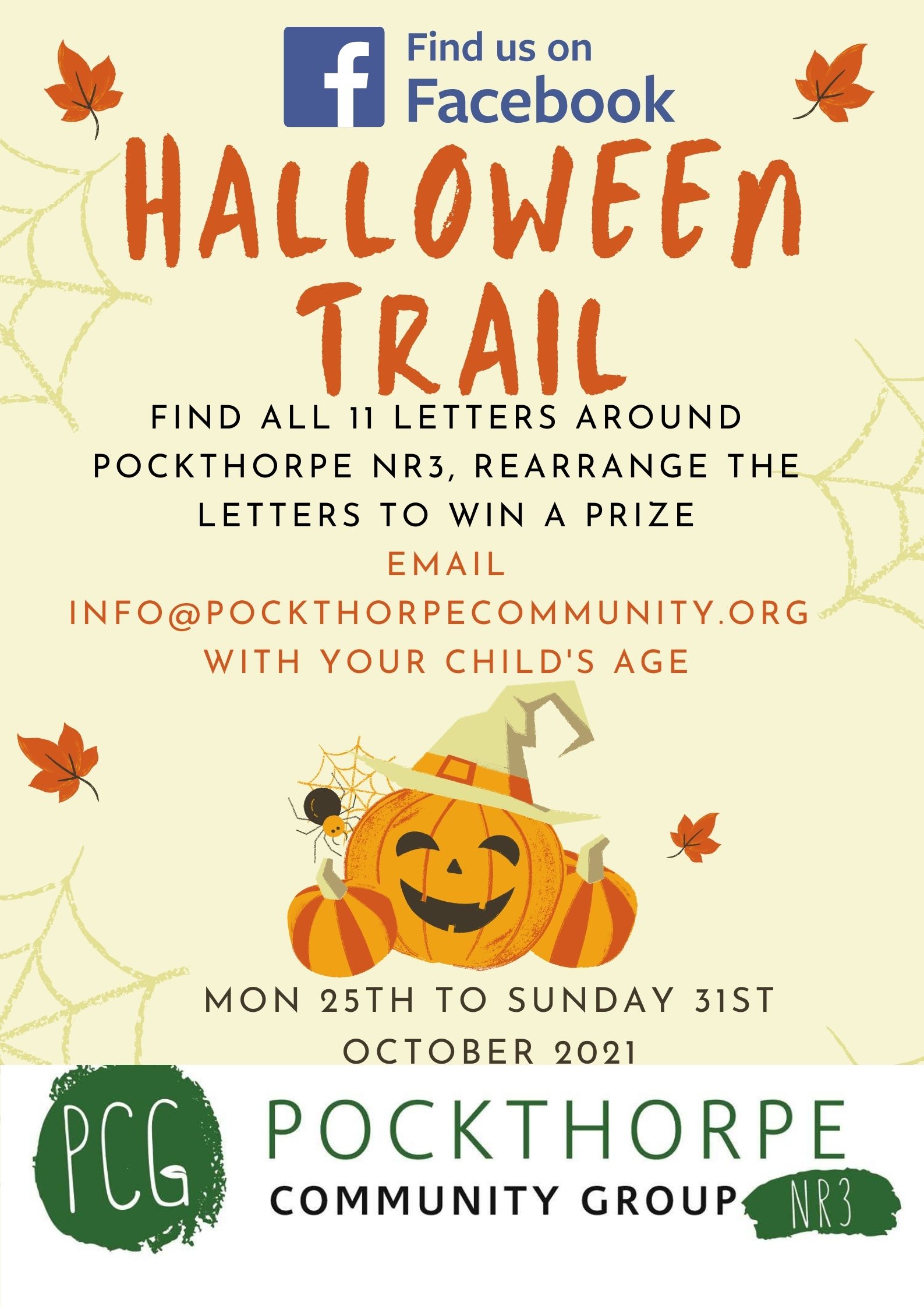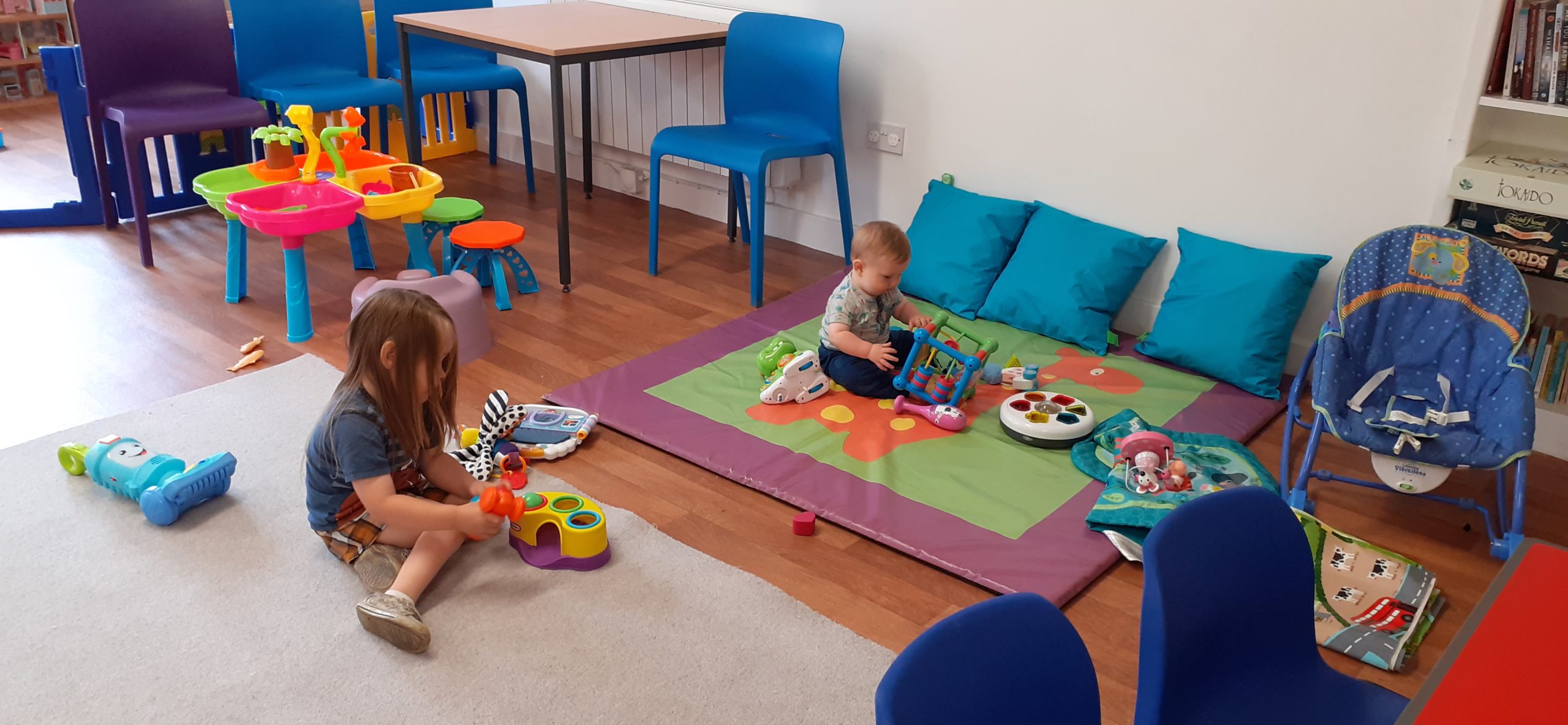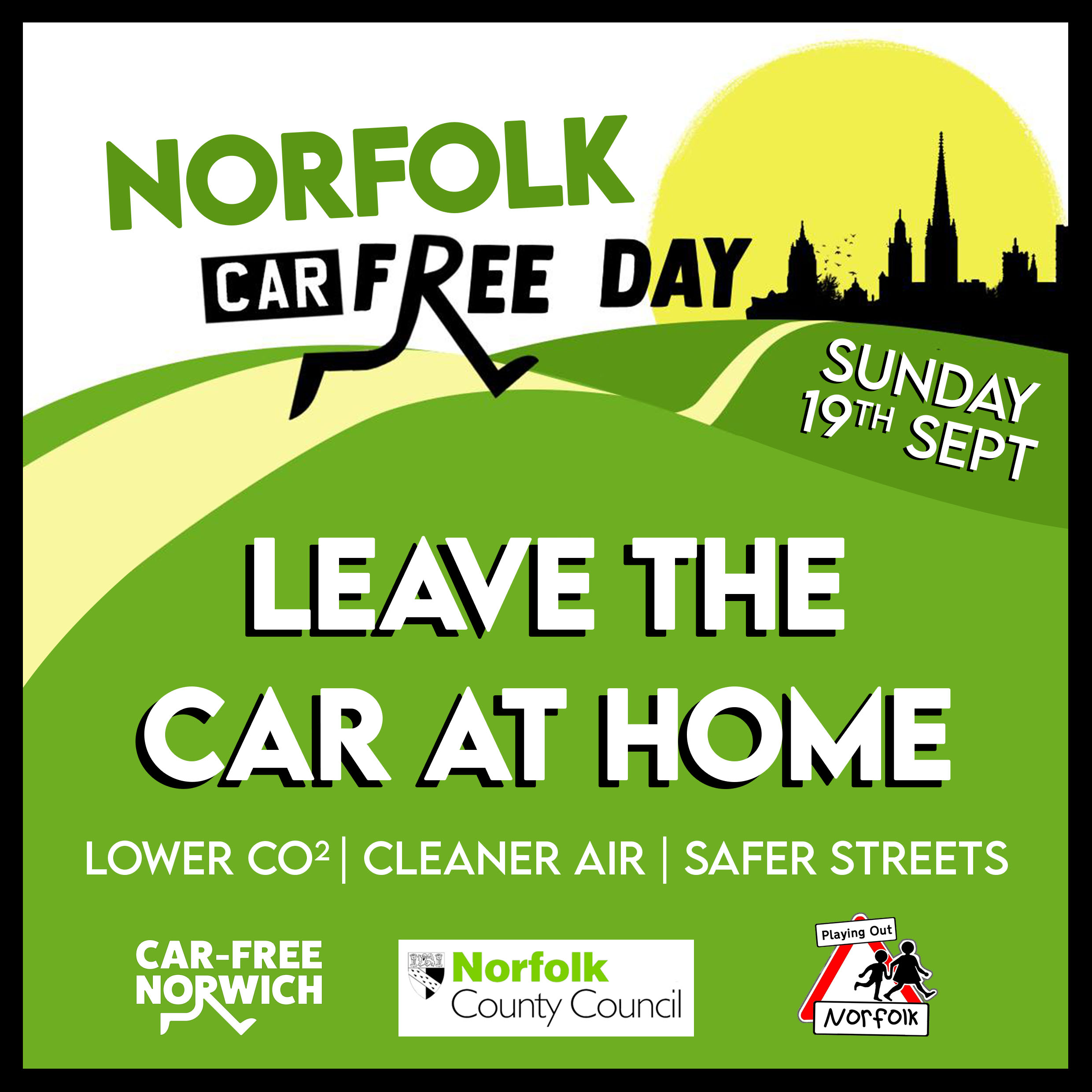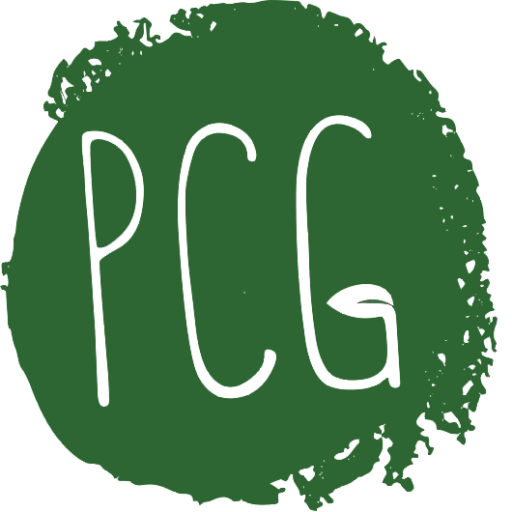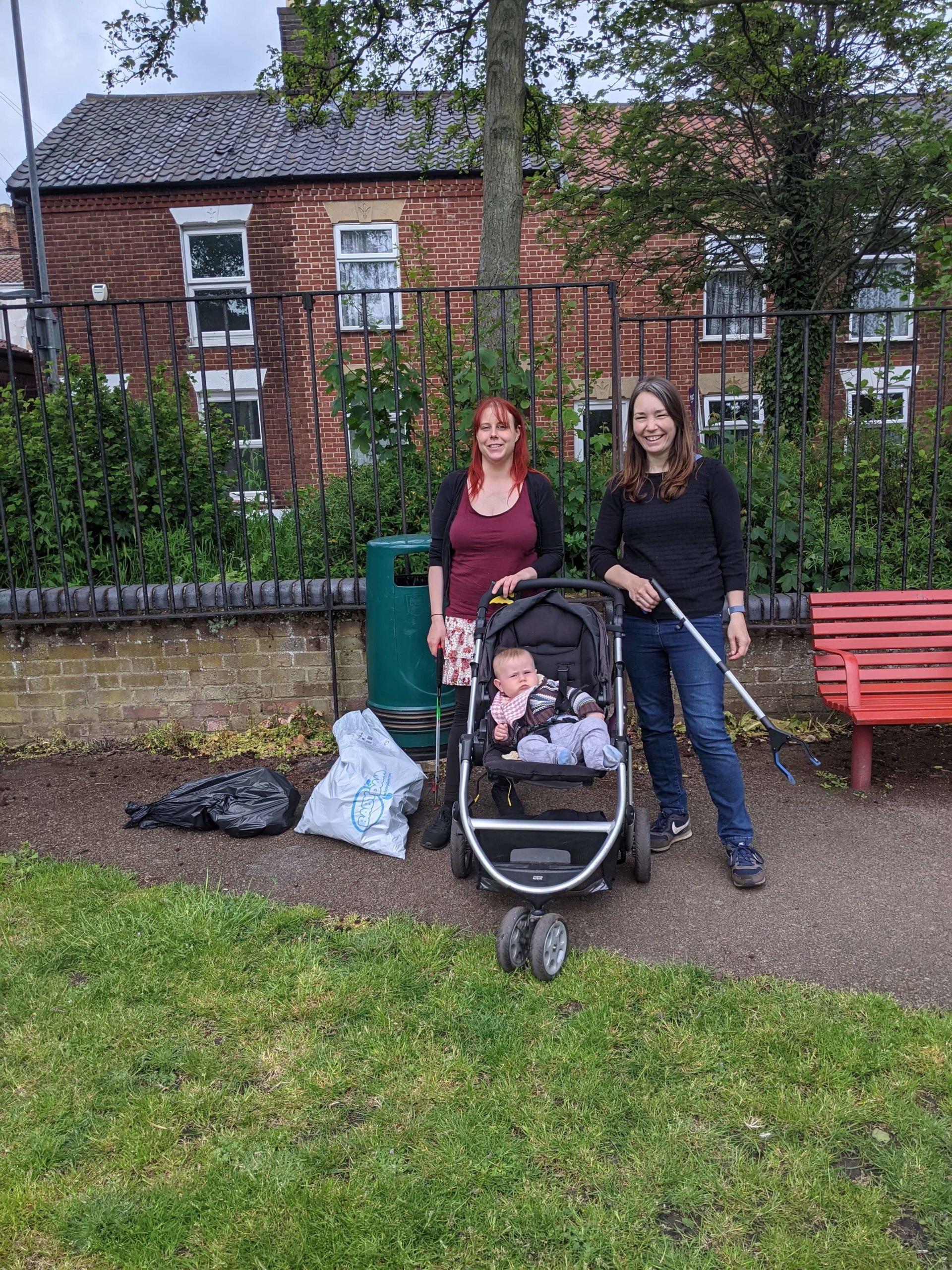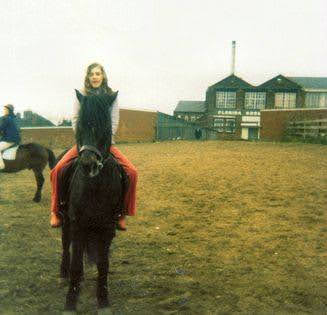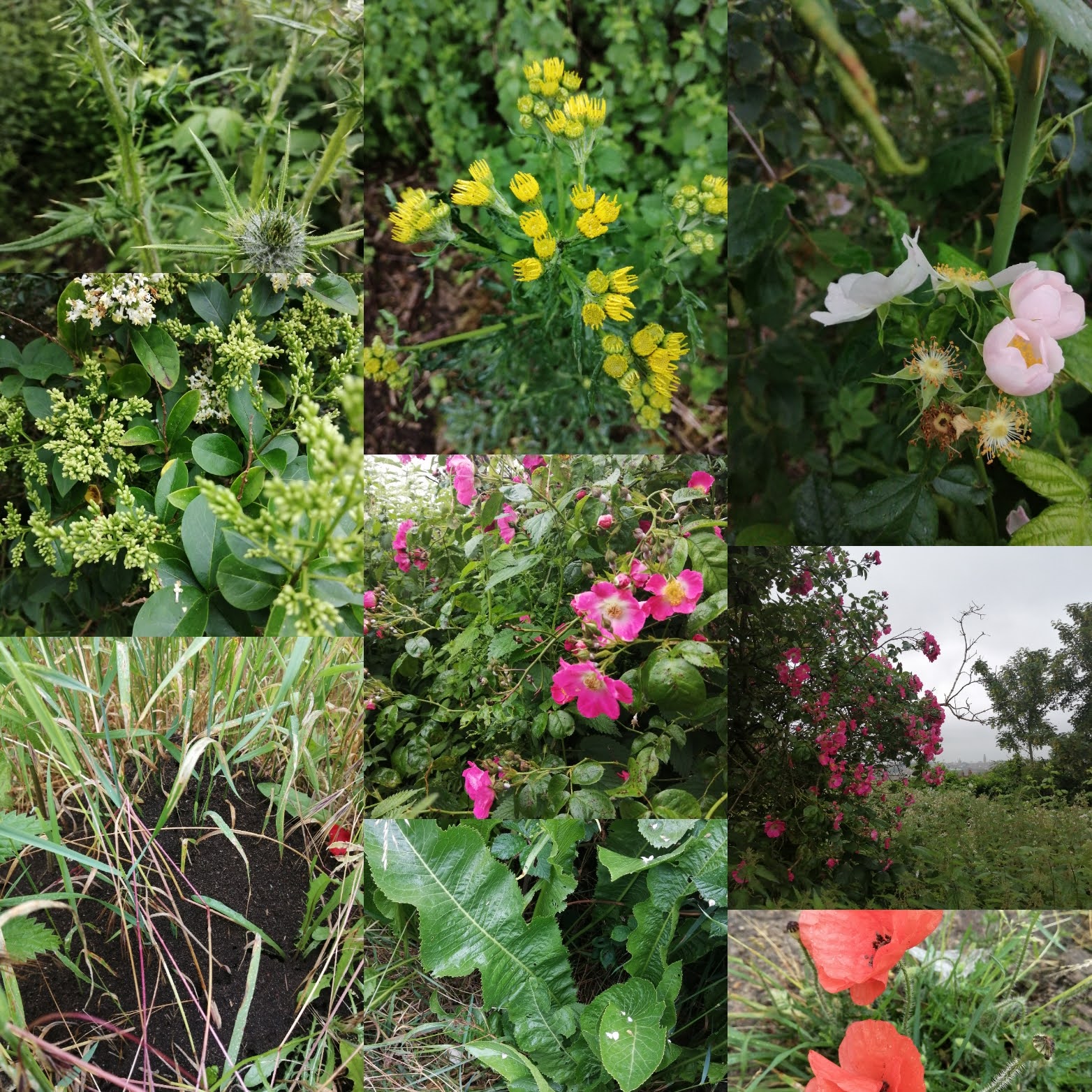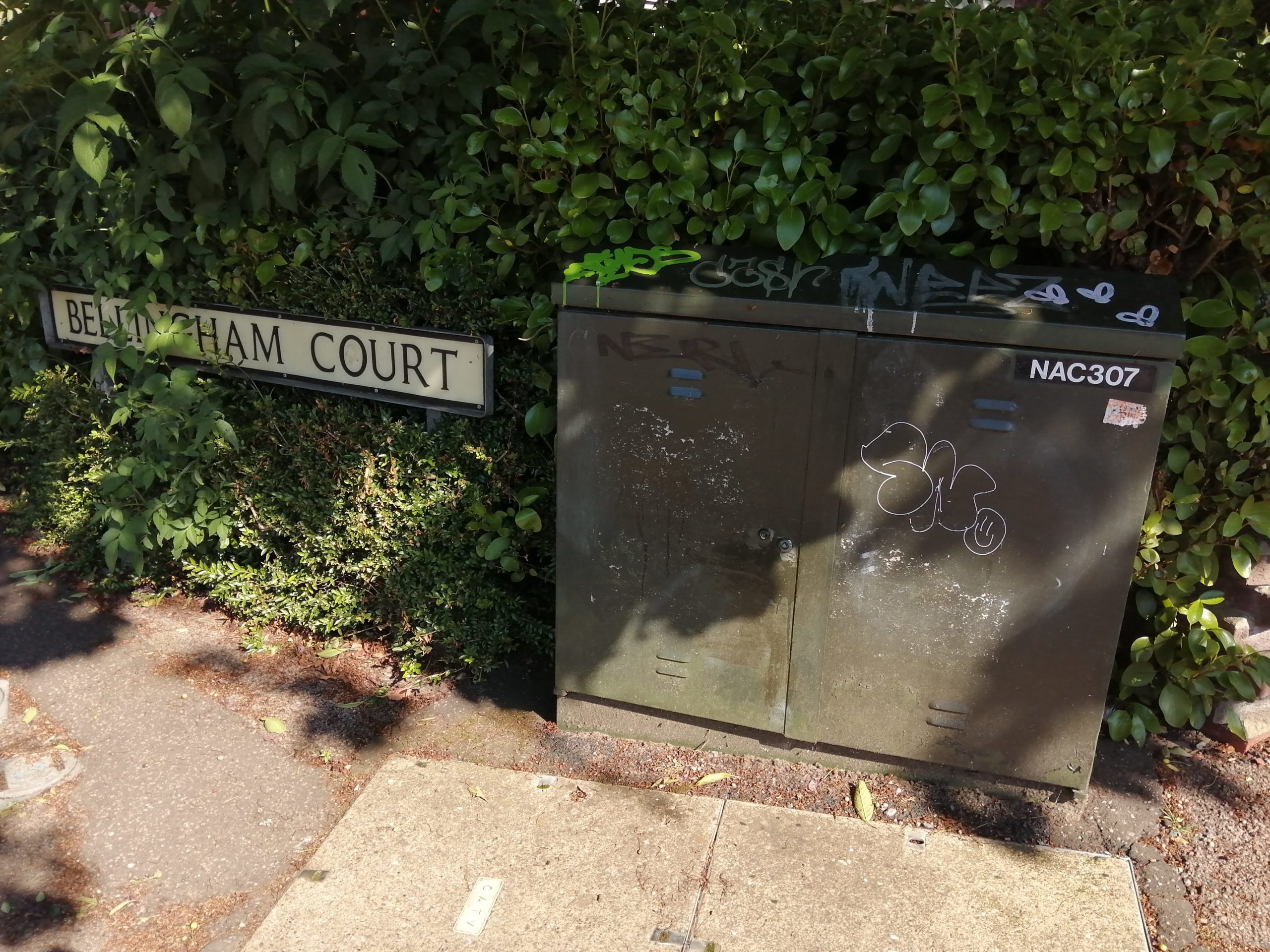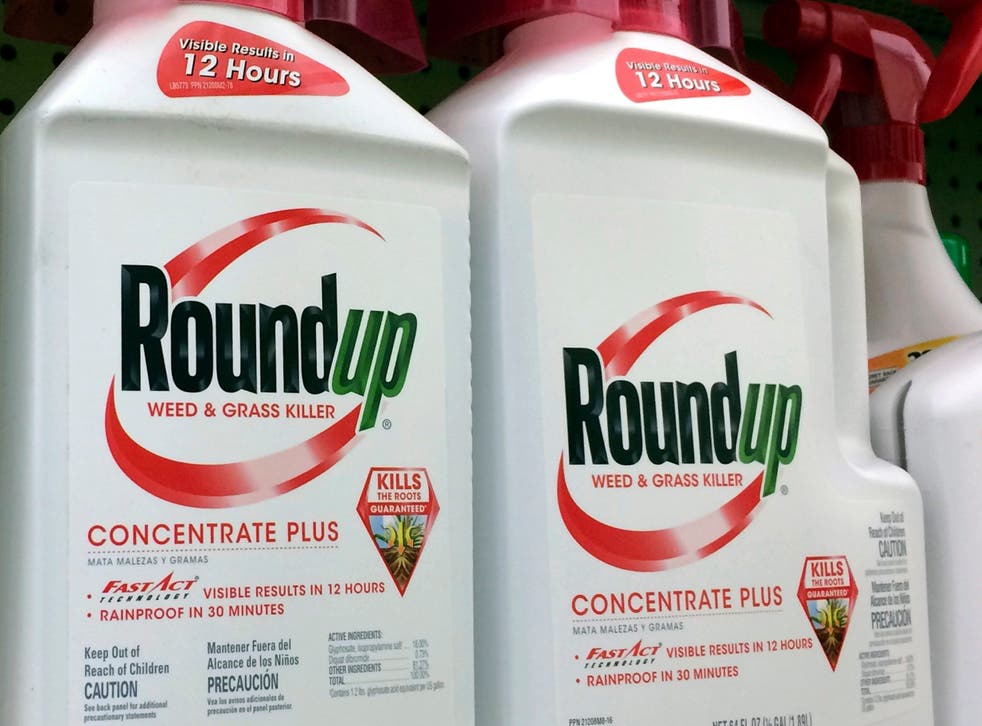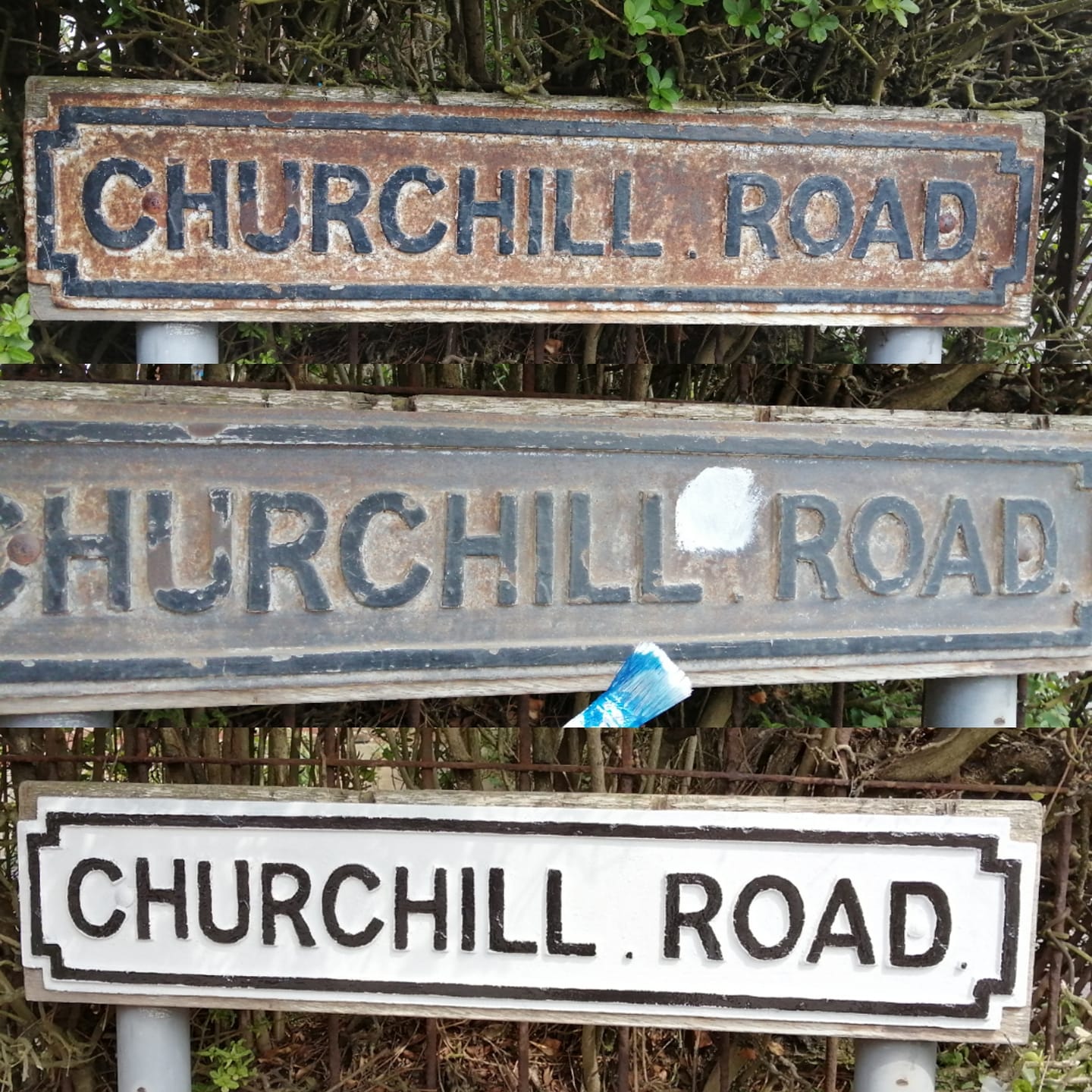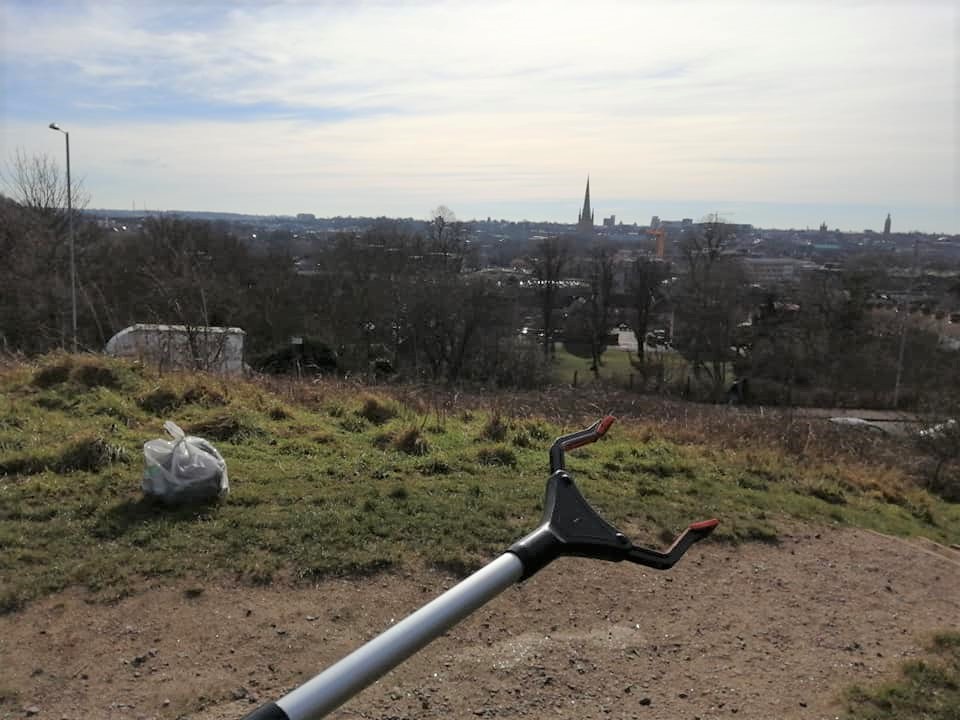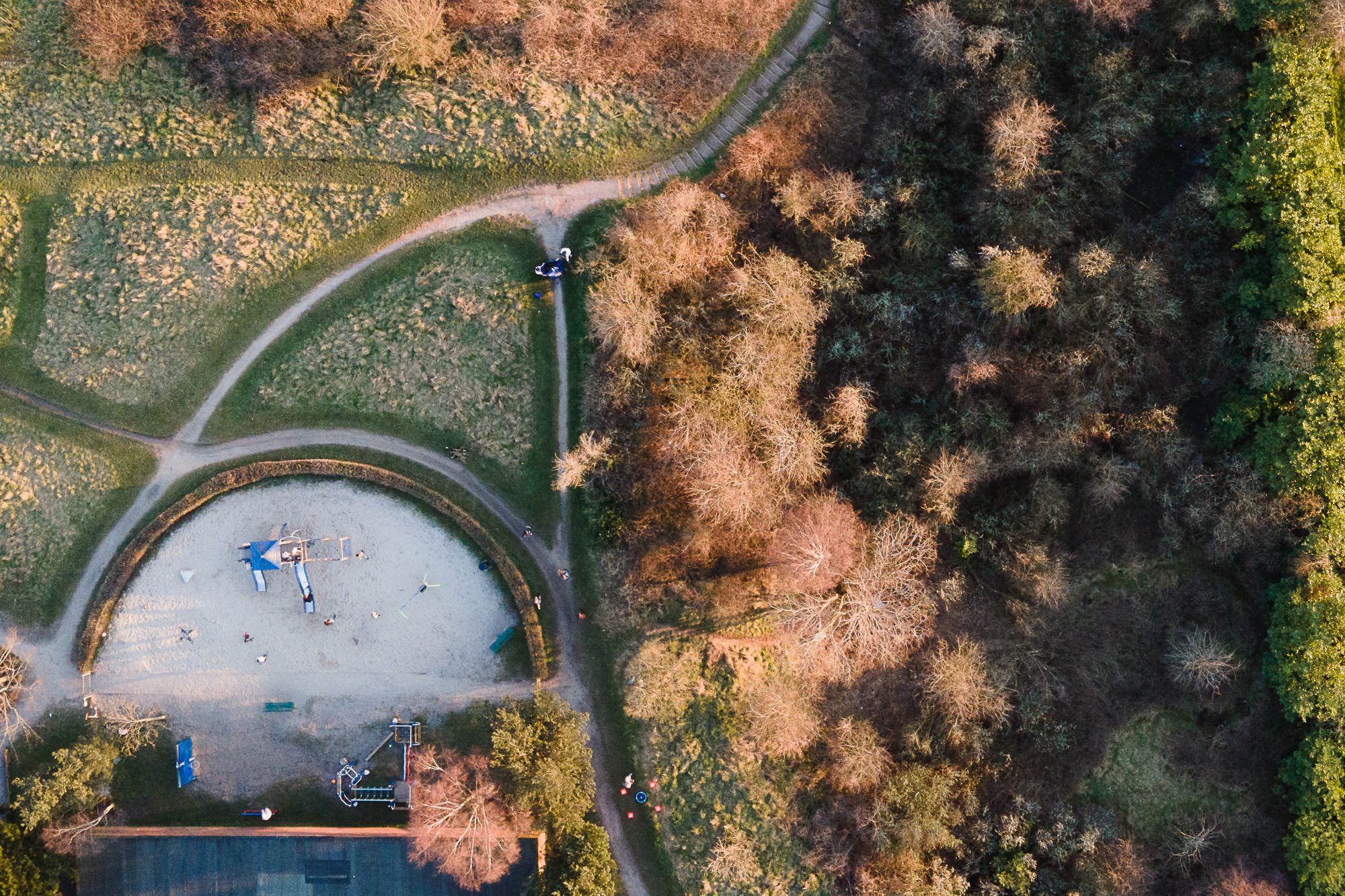During the hazy long lockdown days what Lizzie and I realised whilst wandering around our area is how rich in birdlife the Ketts Cave park area. Maybe it was no cars or the fact that we had a bit more time to finally listen around us…
Even though the area seems really scruffy and unkempt we started to realise that despite this the denser ‘wilder’ areas of bramble seemed to be providing a haven for insect and wildlife.
When Will the Mousehold warden and a friend from the RSPB came to check the area out they were very much excited about how much more diverse birdlife there seemed to be in this small area than in Mousehold Heath. How there seemed to be more migrants visiting. In Sandy Park there were loads of Dunnocks, wrens, finches, thrushes as well as migrant visitors.
What it seems is that in urban areas, these bramble patches which are relatively undisturbed from people provide a nature refuse where birds can forage/feed and nest whilst also providing some valuable protection.
Brambles in our area provide an important source of nectar for Meadow Brown and Speckled Wood butterflies; fruits for Song Thrushes and Yellowhammers; and hiding places for Hedgehogs and Dormice. When the bramble flowers it provides a valuable nectar source for bees and butterflies
Although for the same reasons that an area is beneficial for nature/wildlife in Pockthorpe, it seems that it is sadly also good for anti-social behaviour and accruing litter in our area making.
Our plan is to manage some of these areas to maintain the biodiversity of the area but to improve anti-social atmosphere. The idea would be to manage/remove some areas of this bramble, particularly where leggy but not removing too much that there is a tangible impact on the wildlife (this typically would be up to 1/5th removal for a habitat zone).
Blog post by Rob Bakewell
